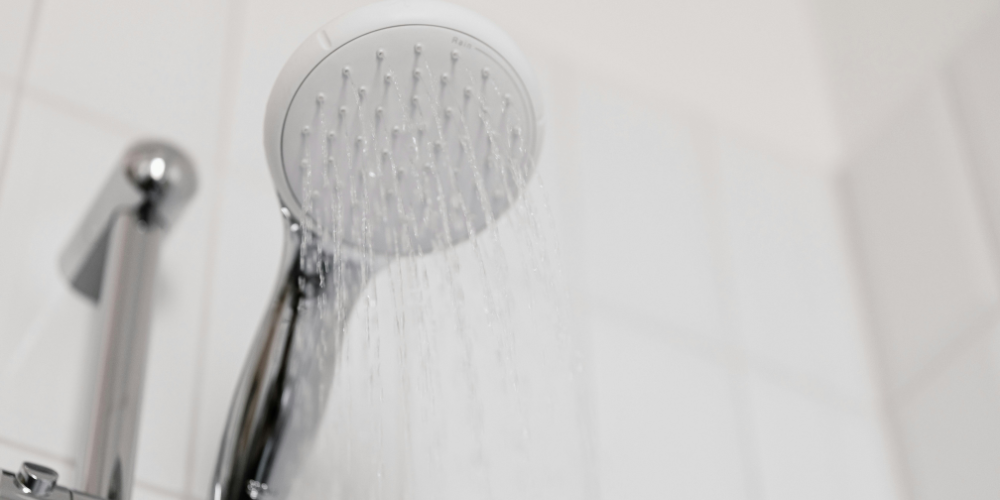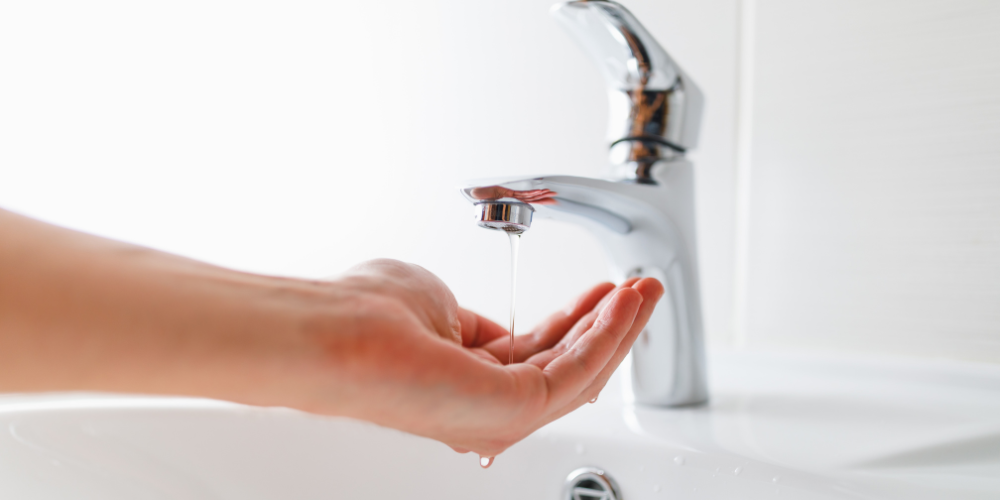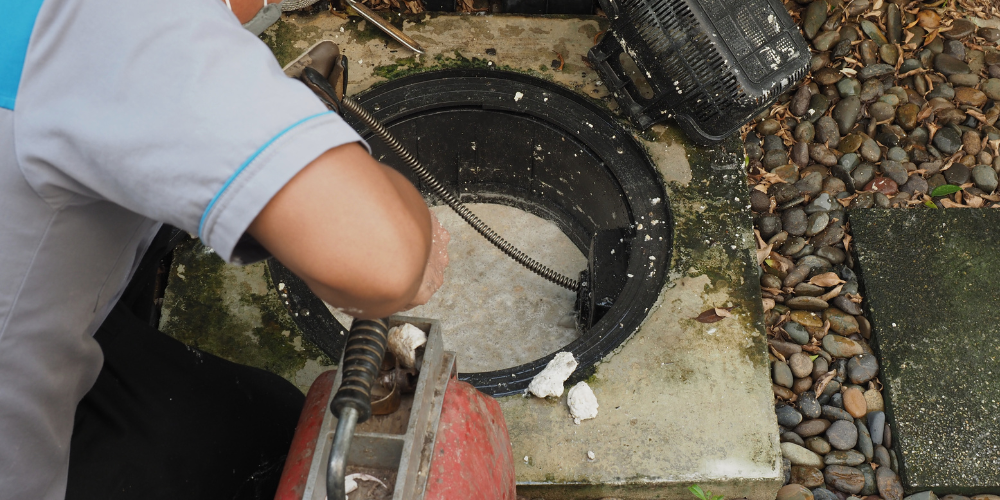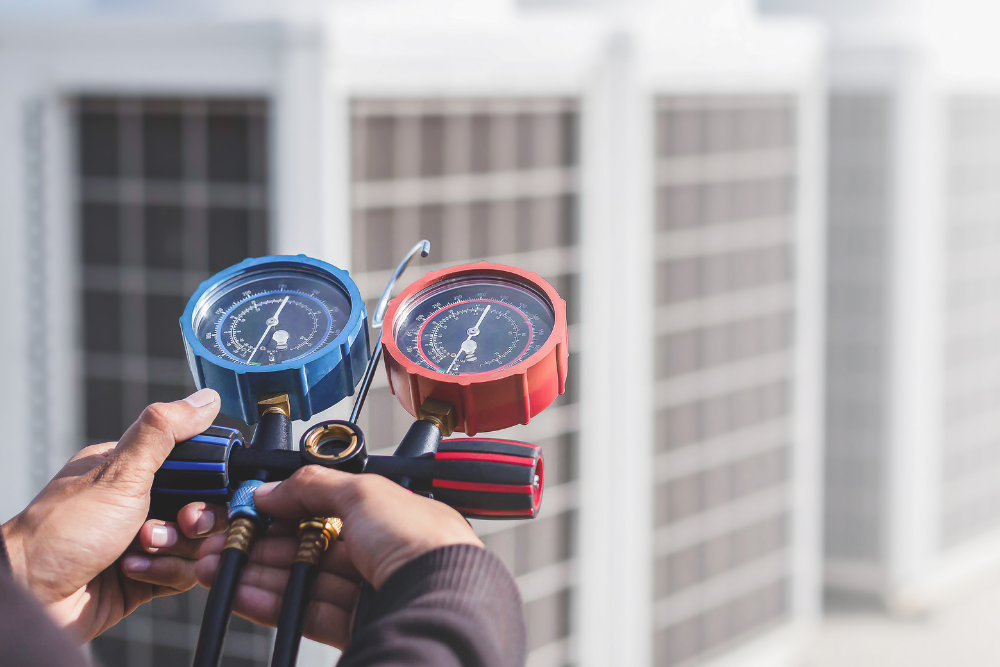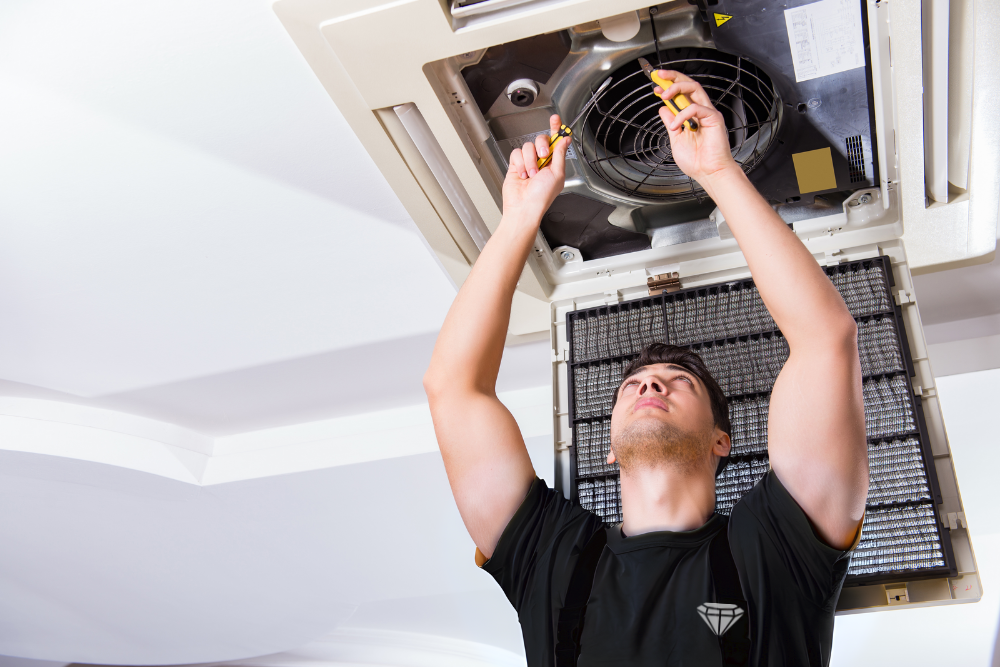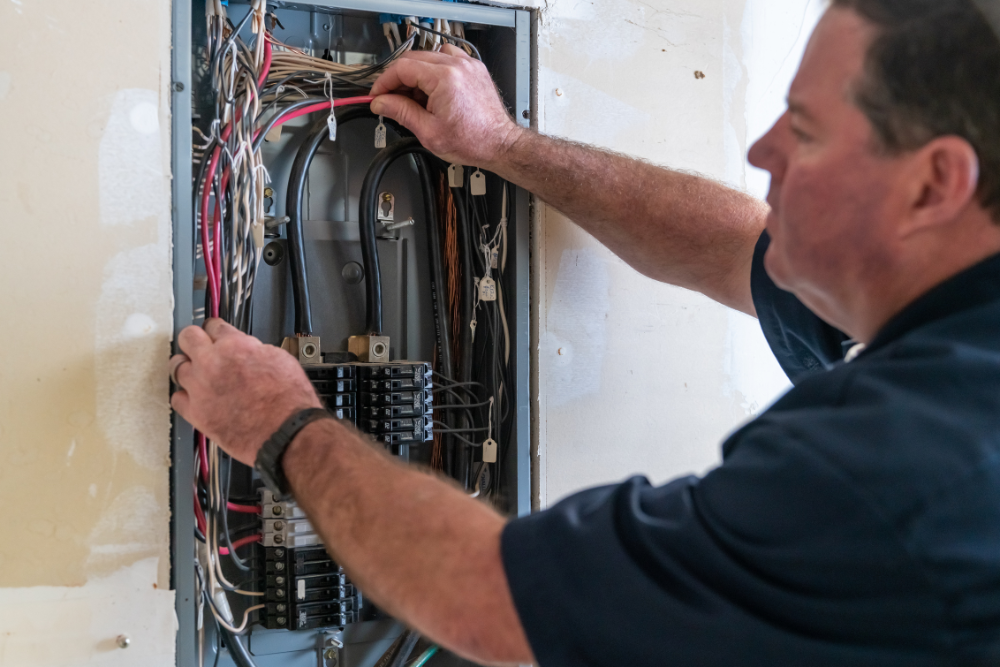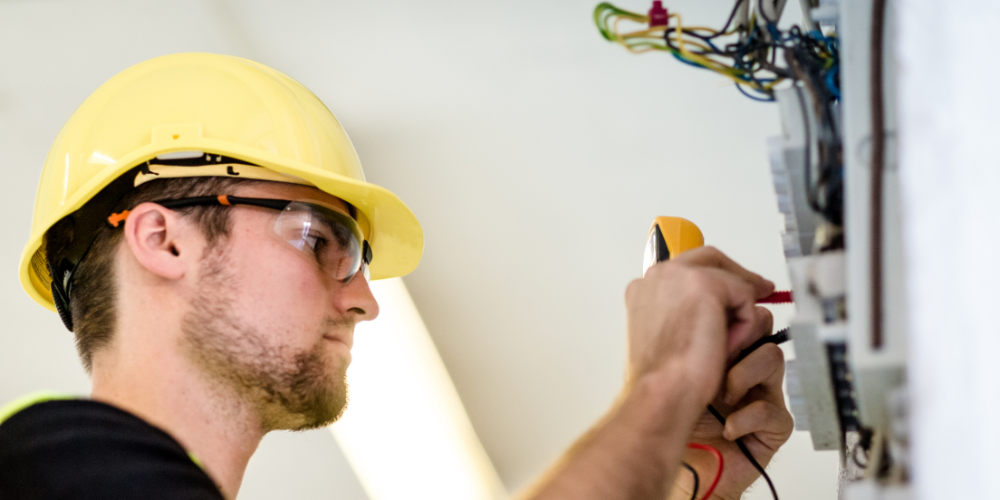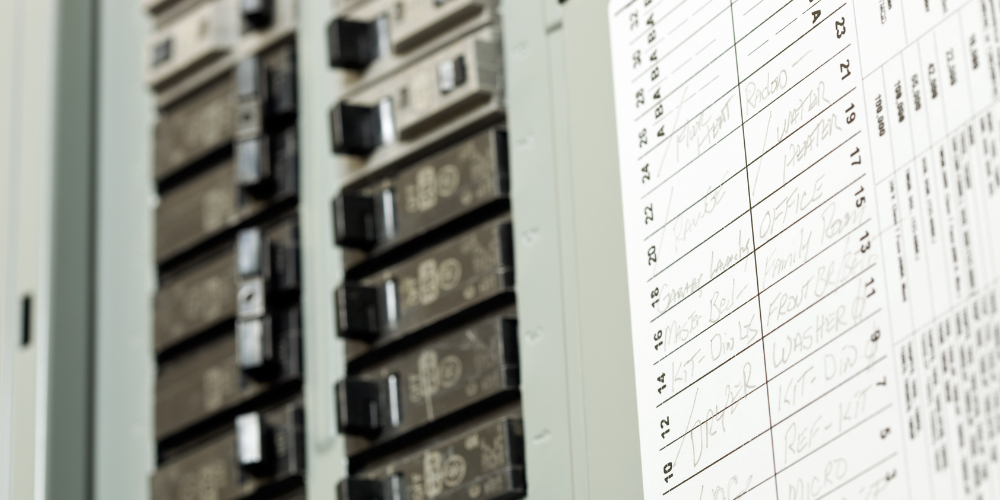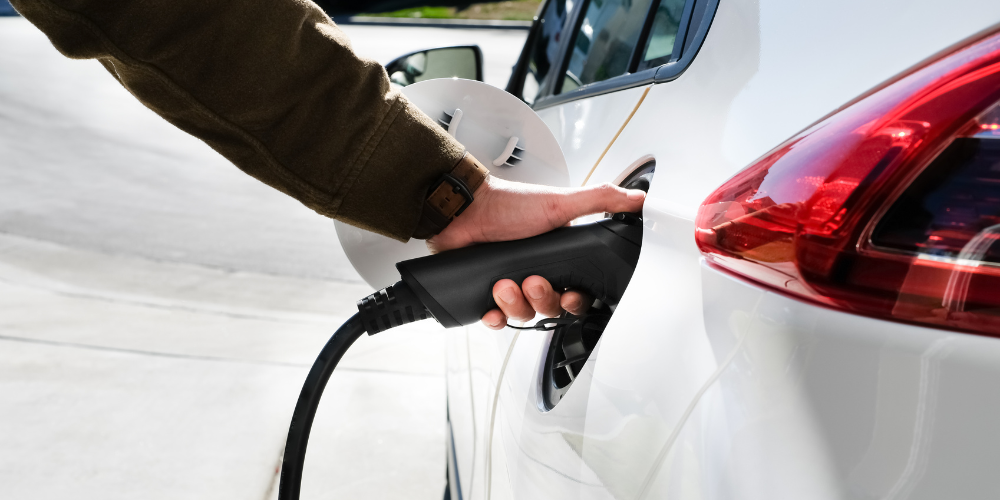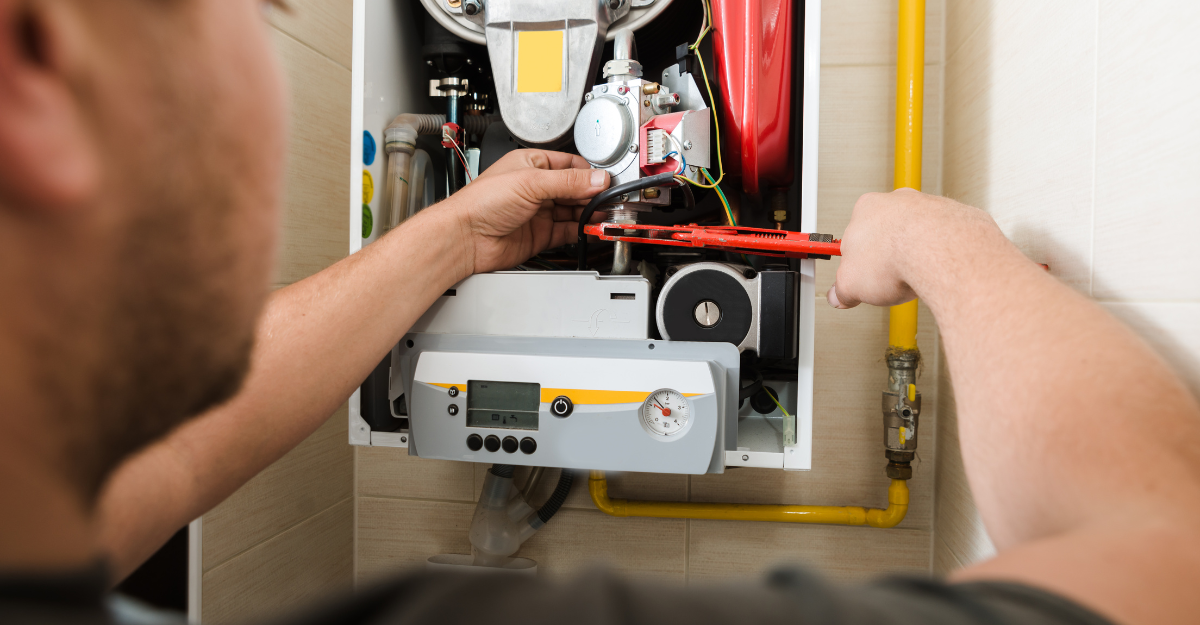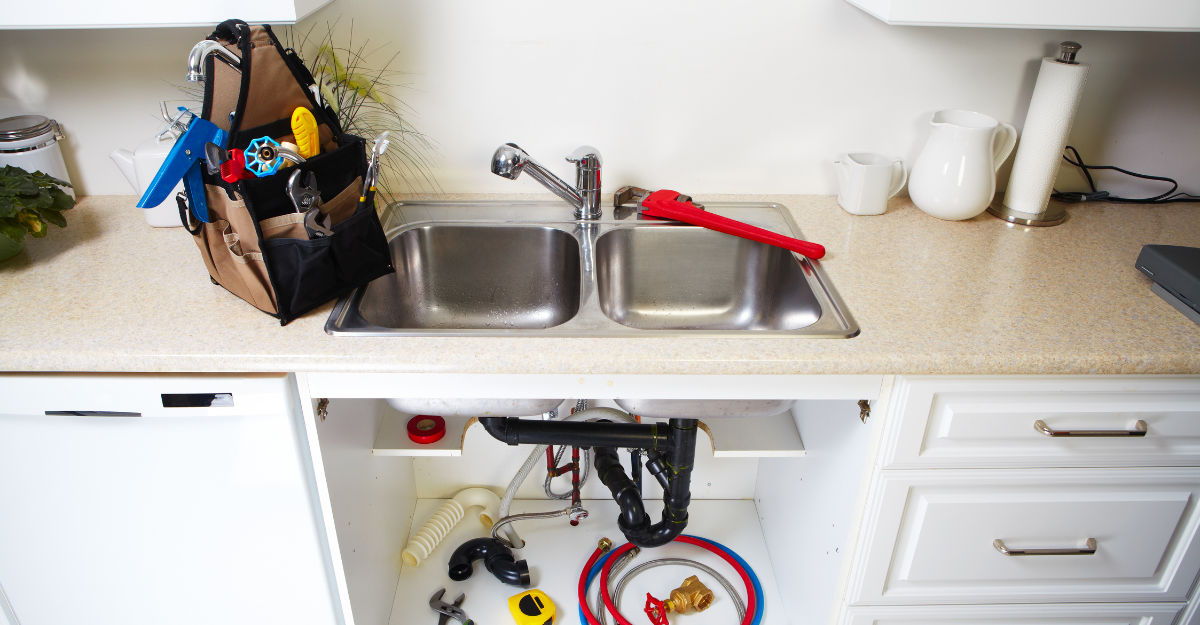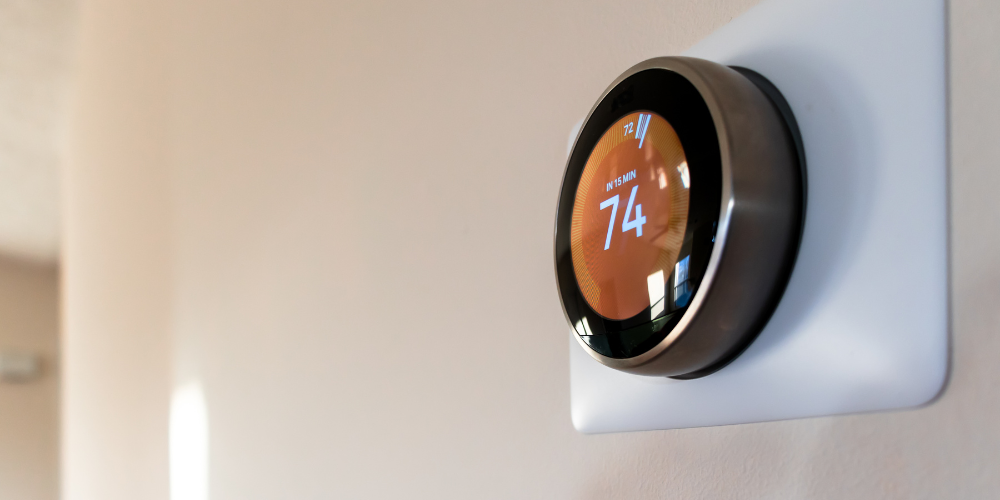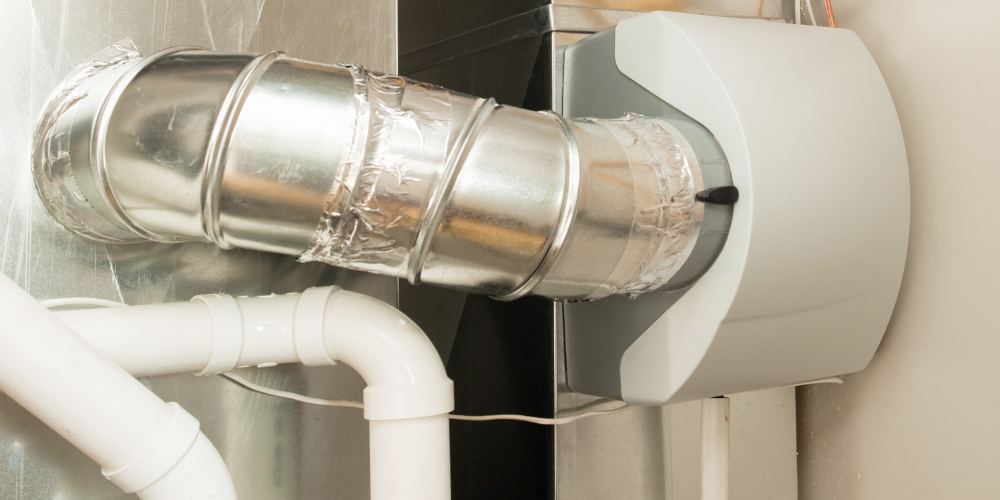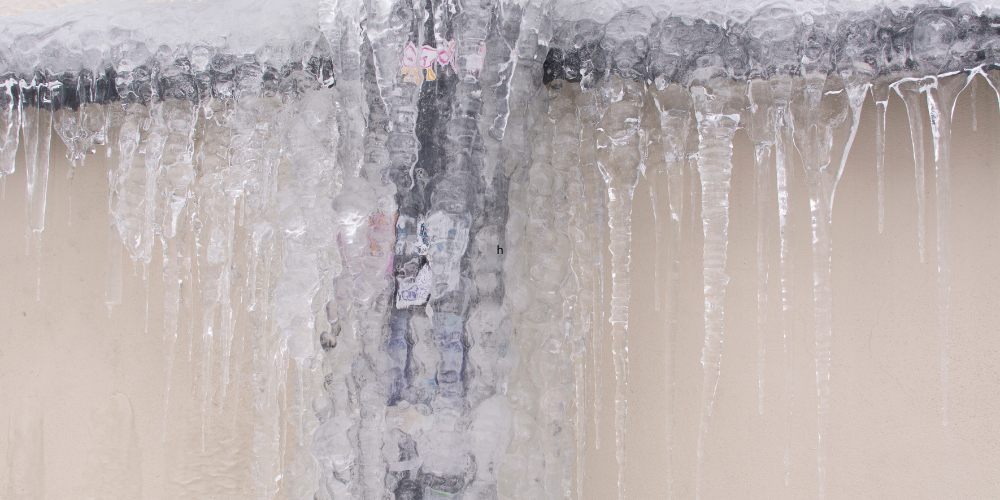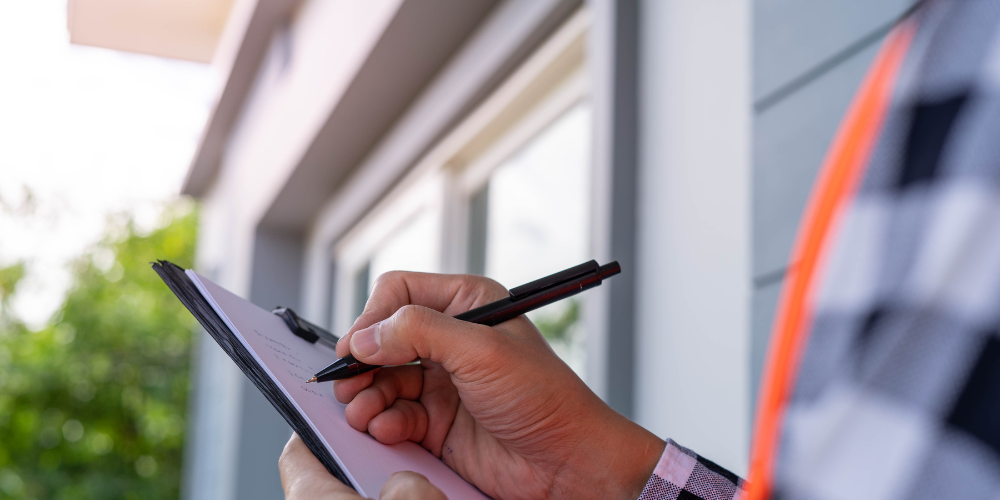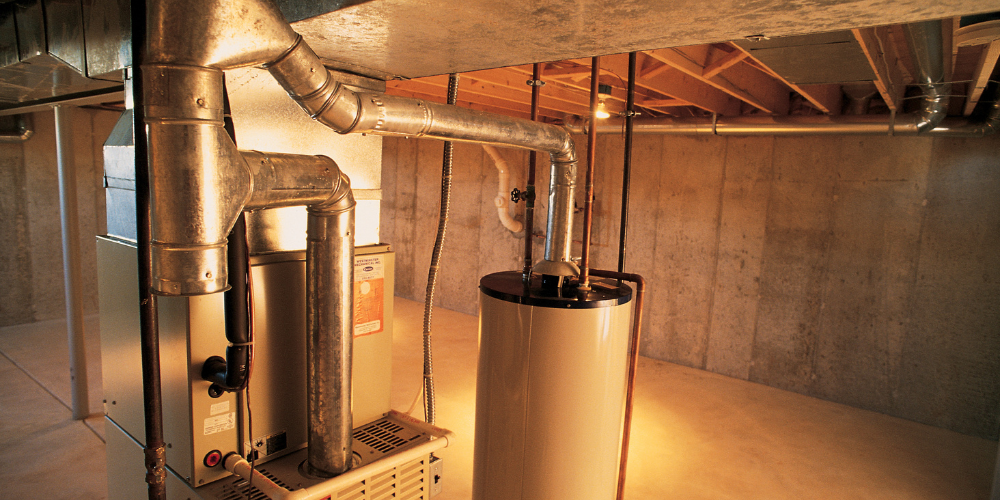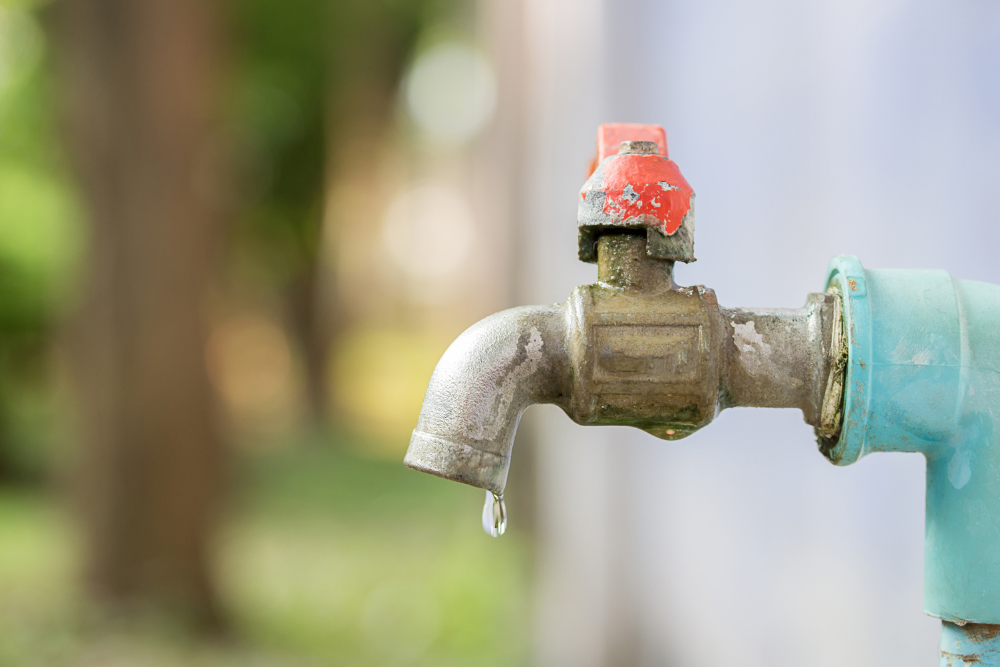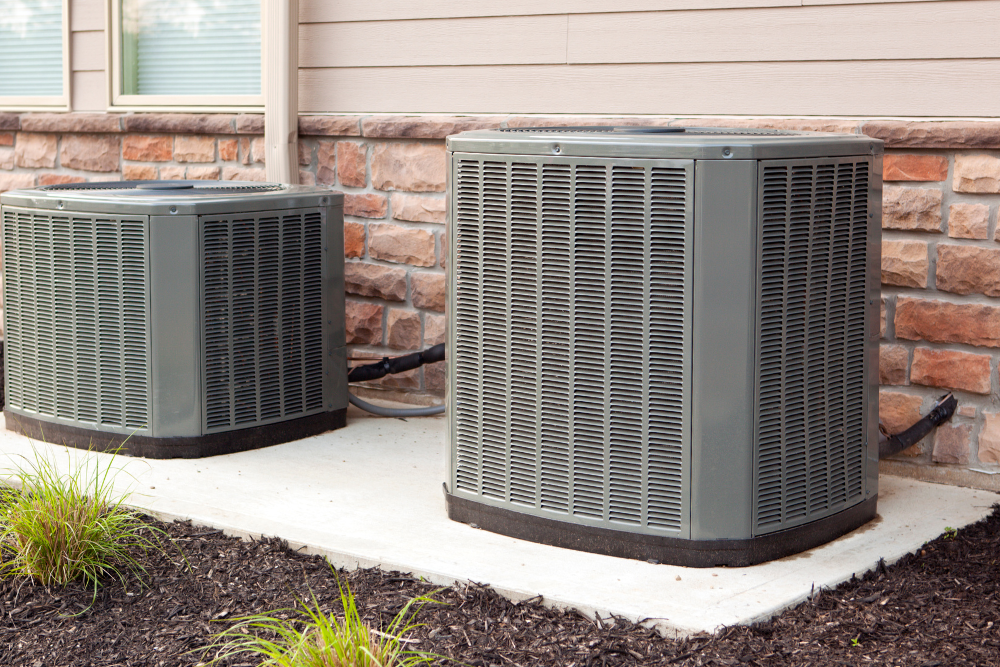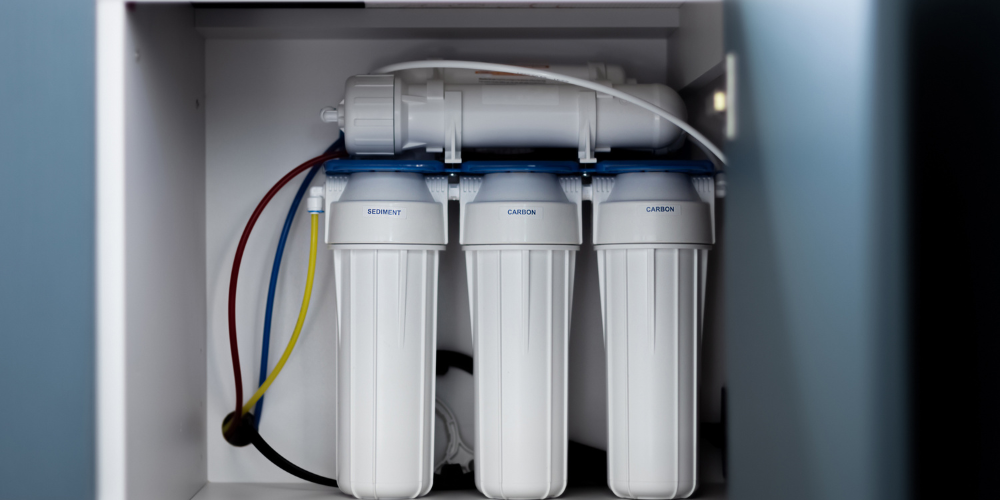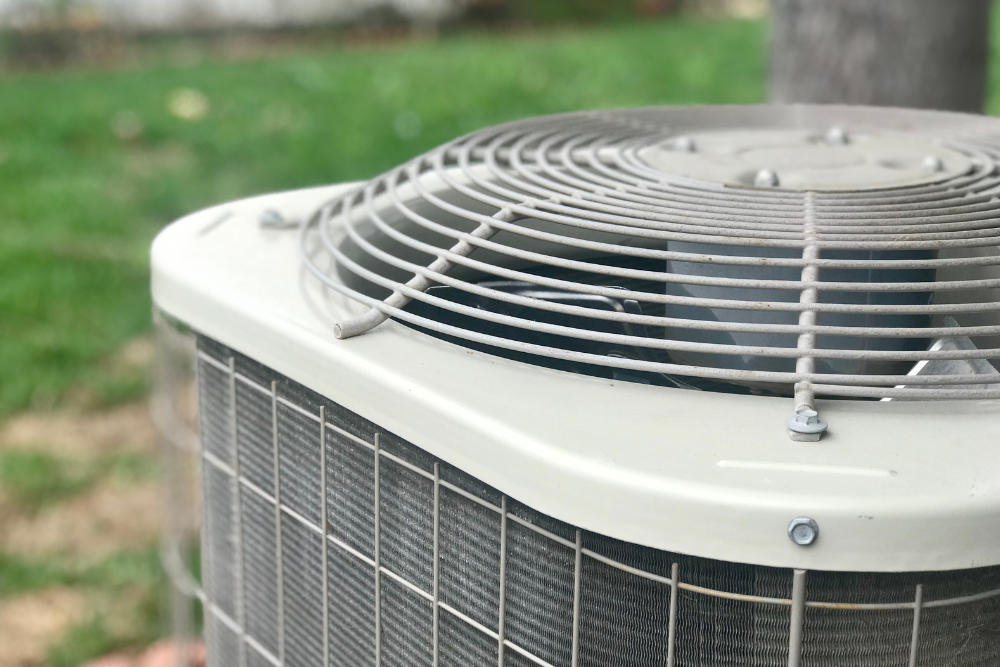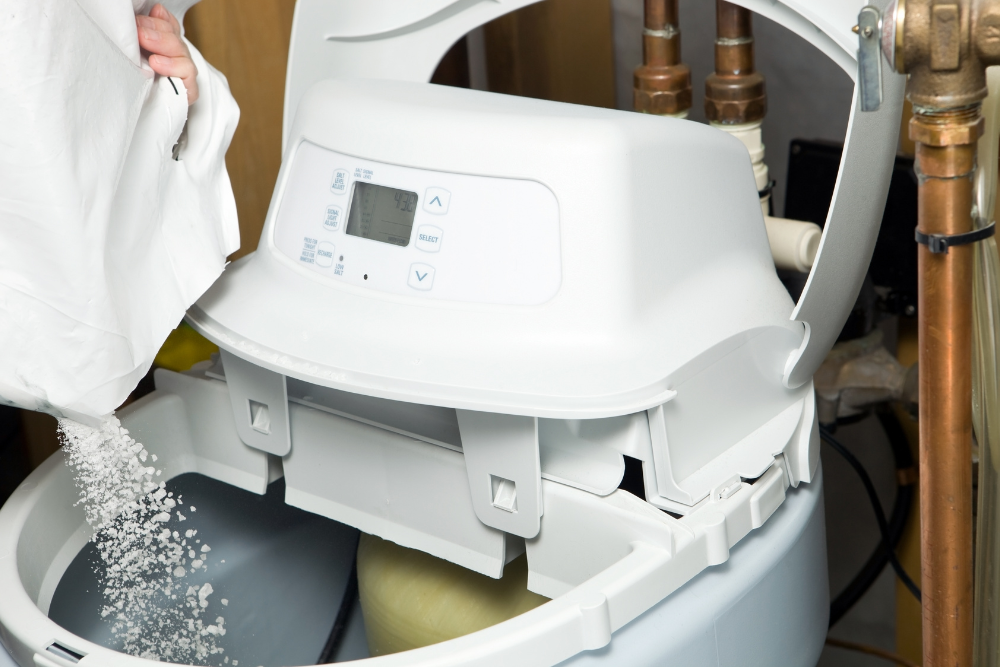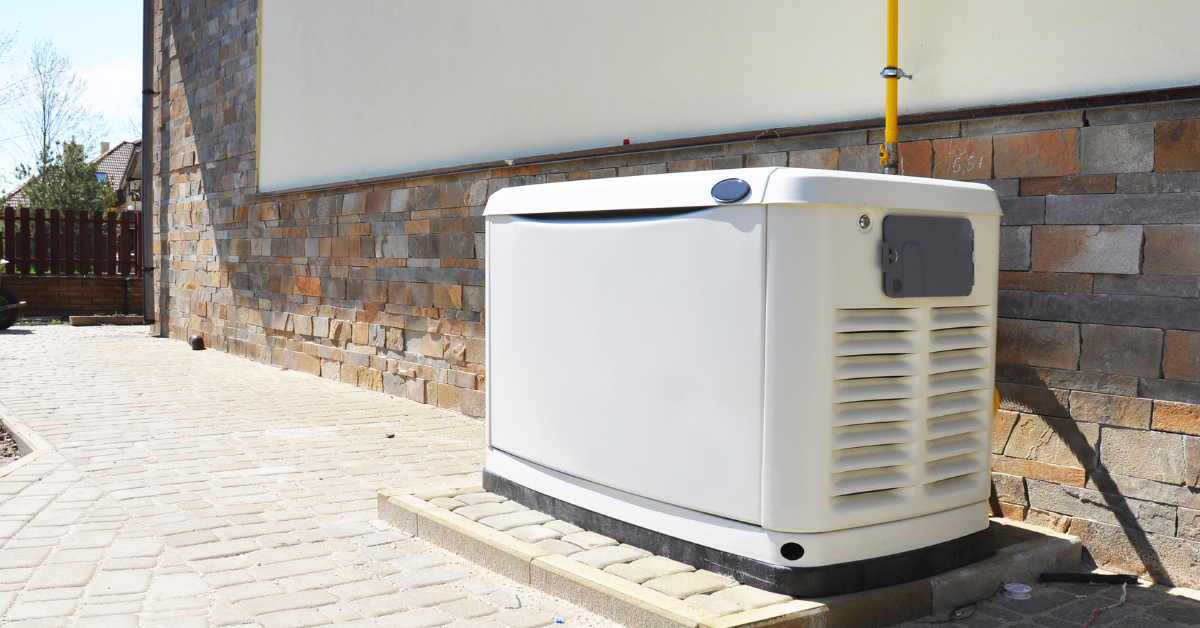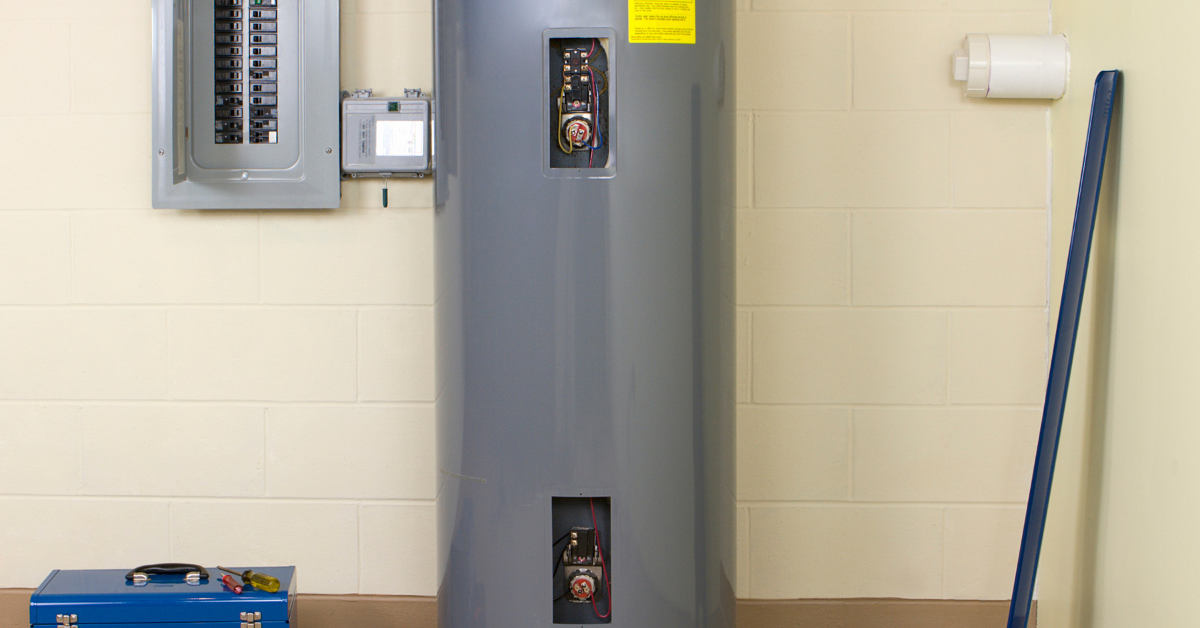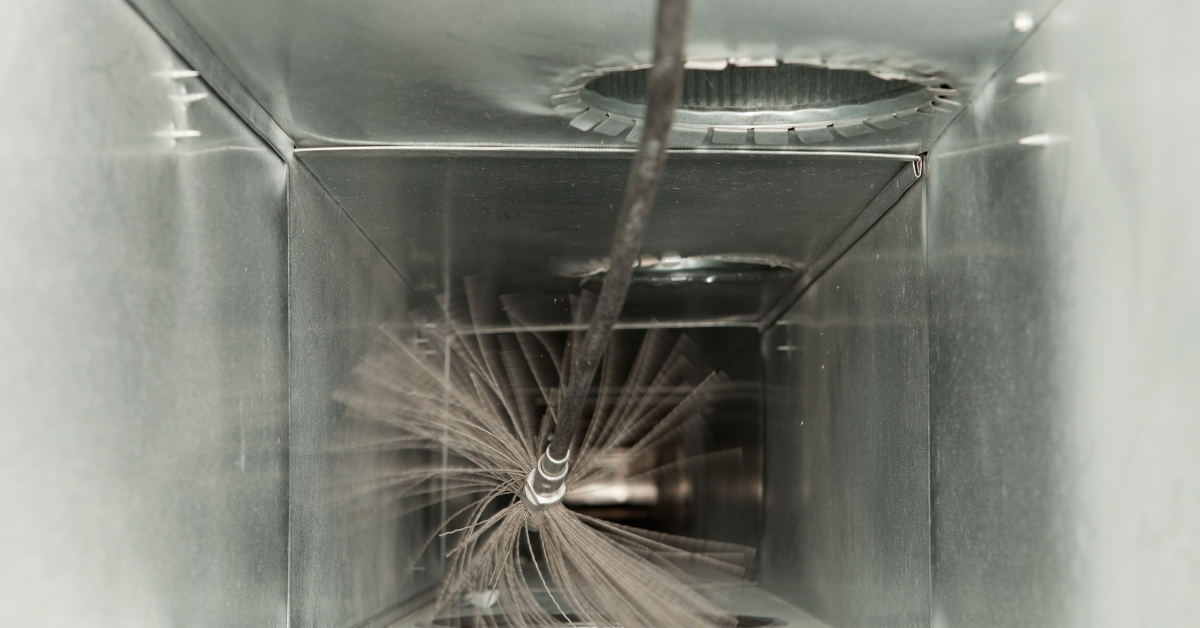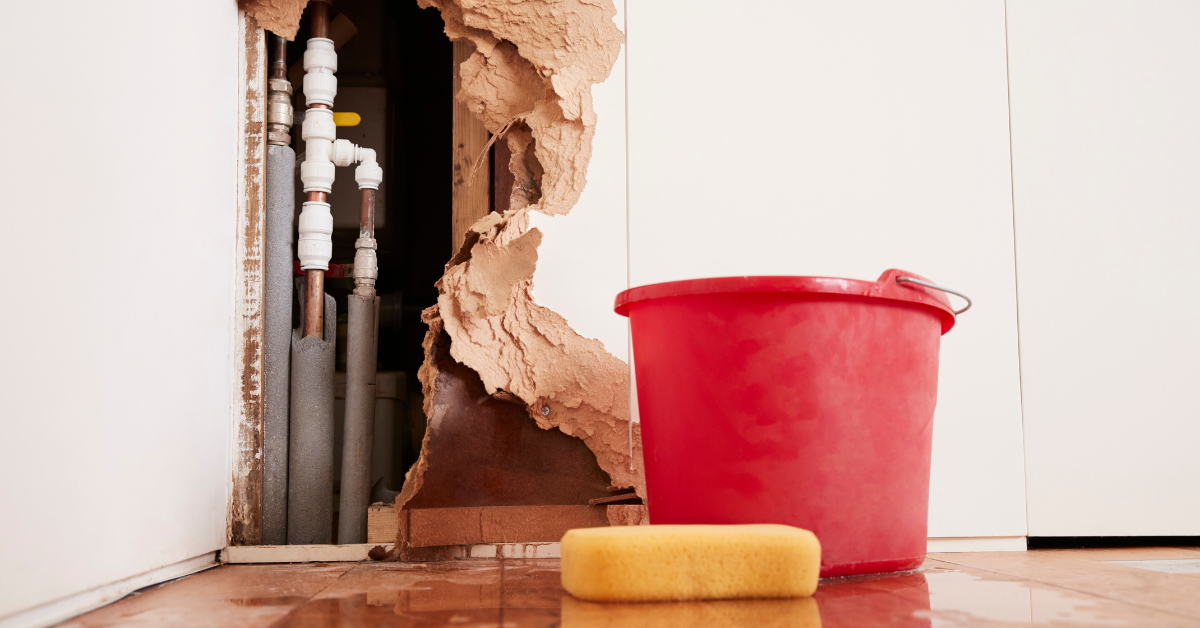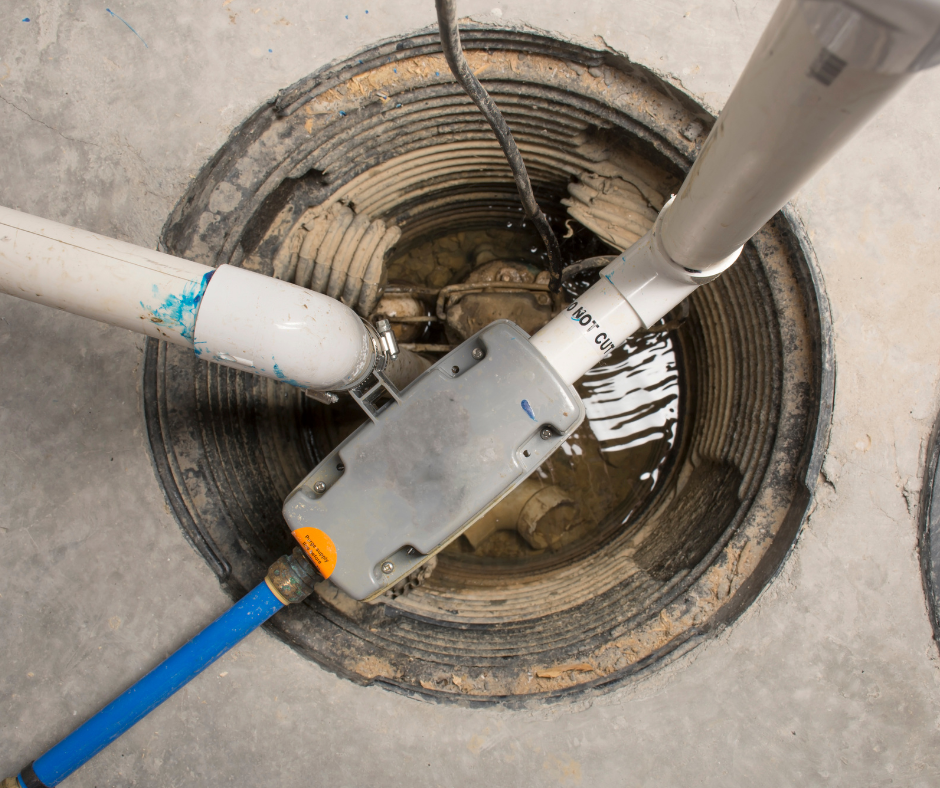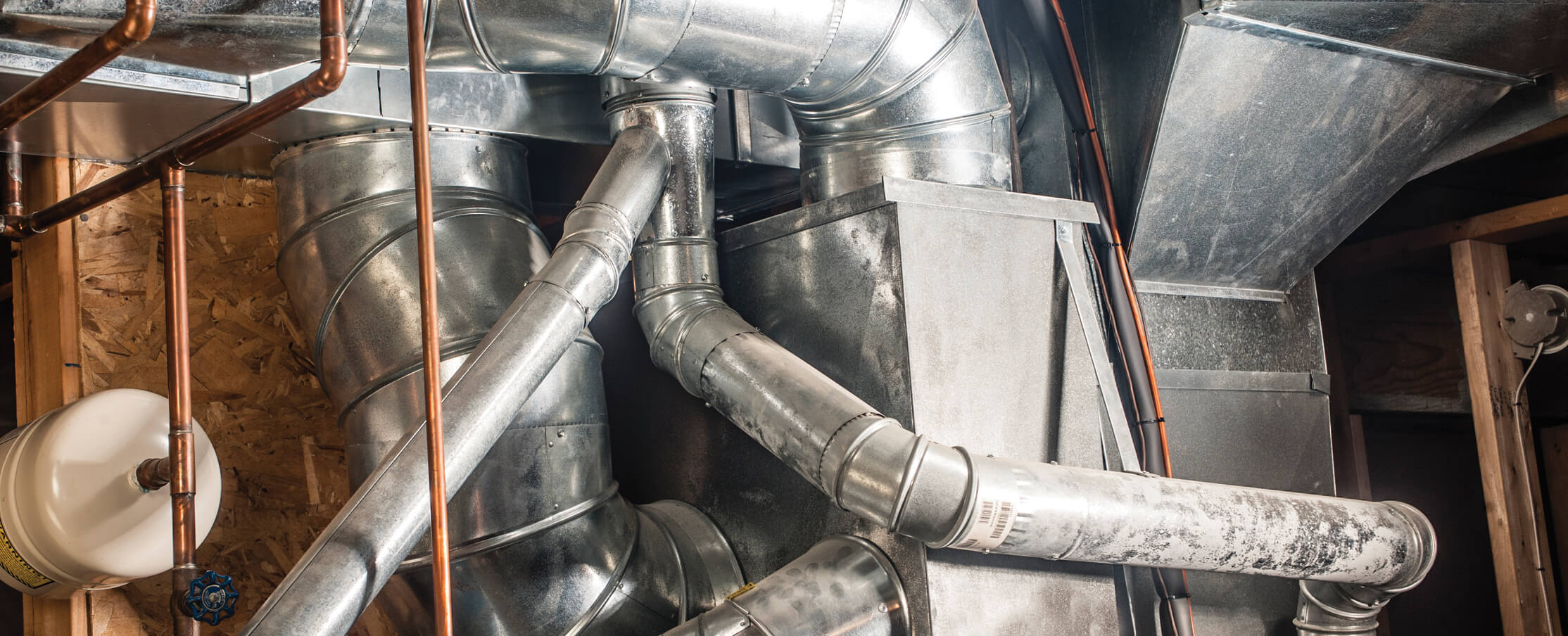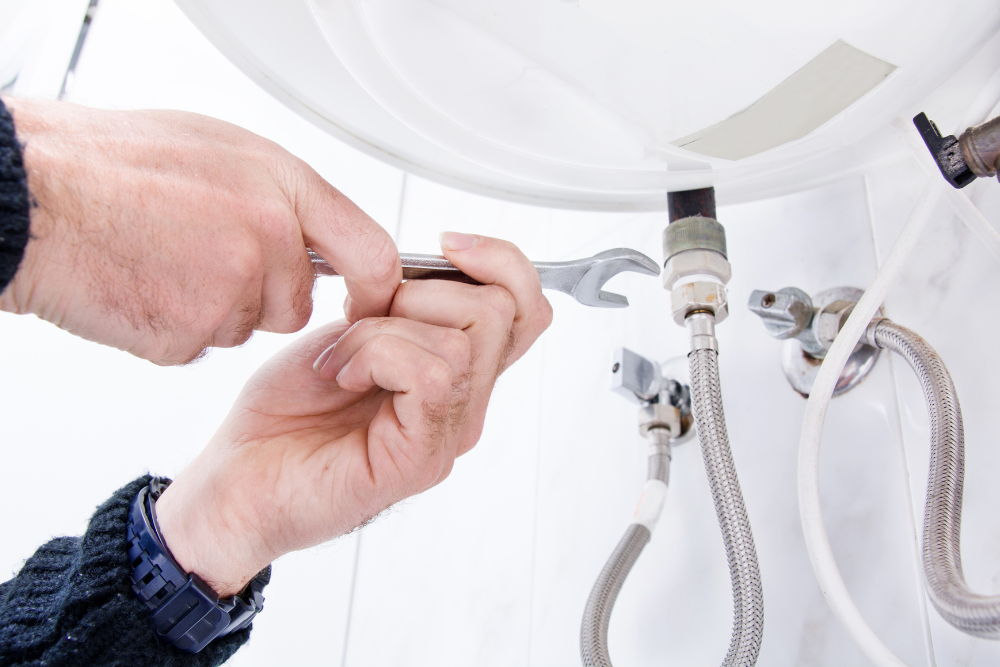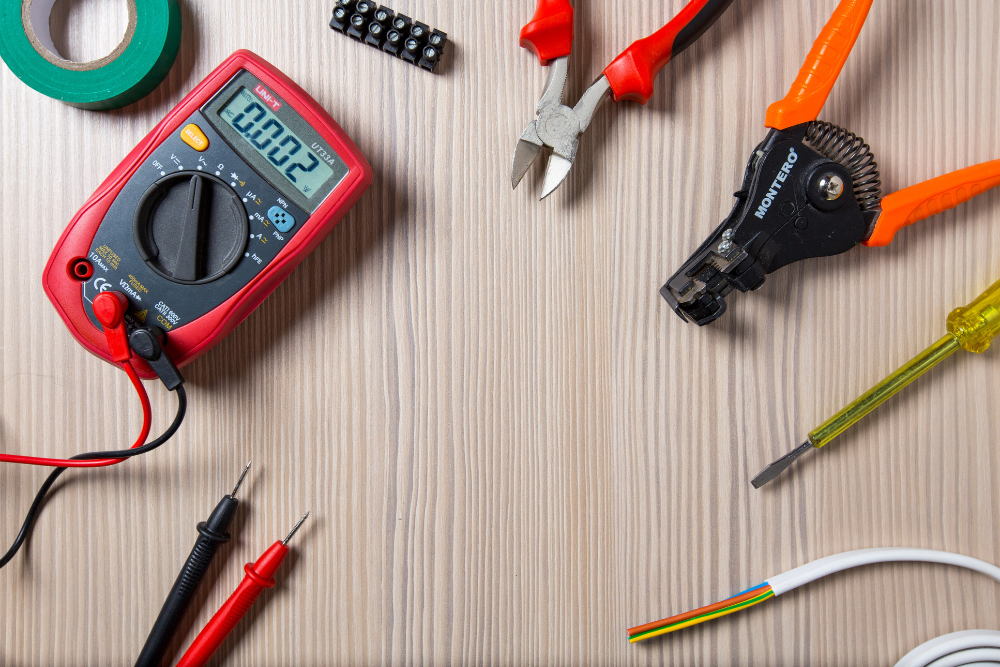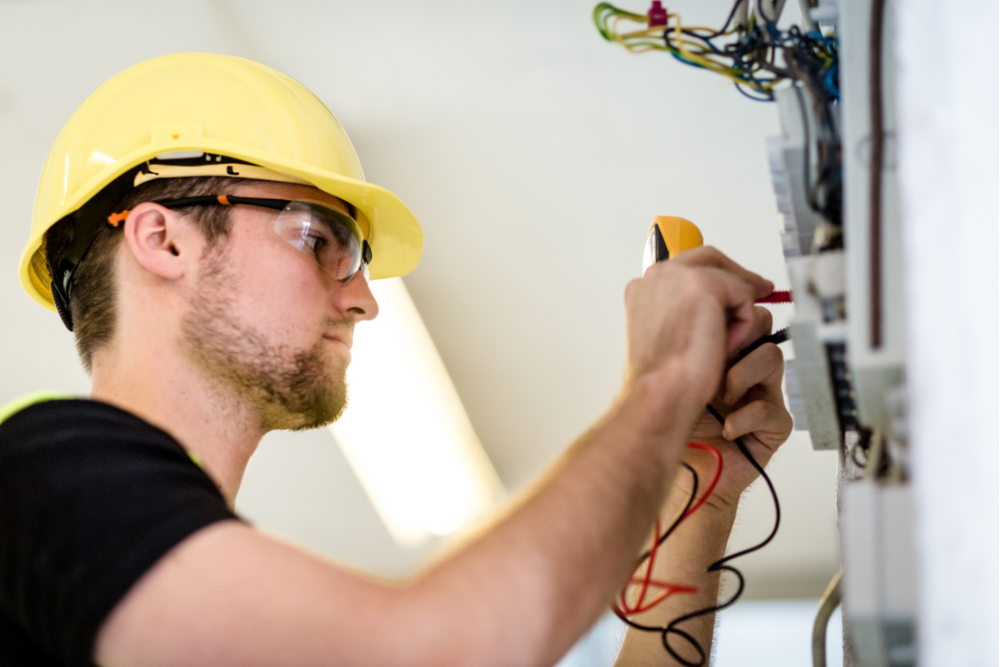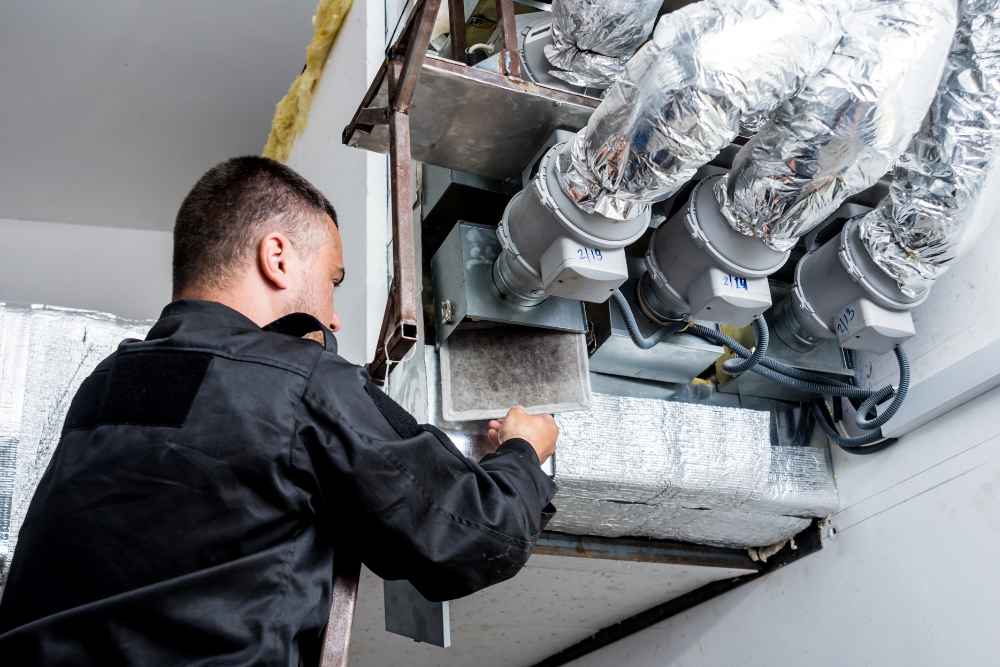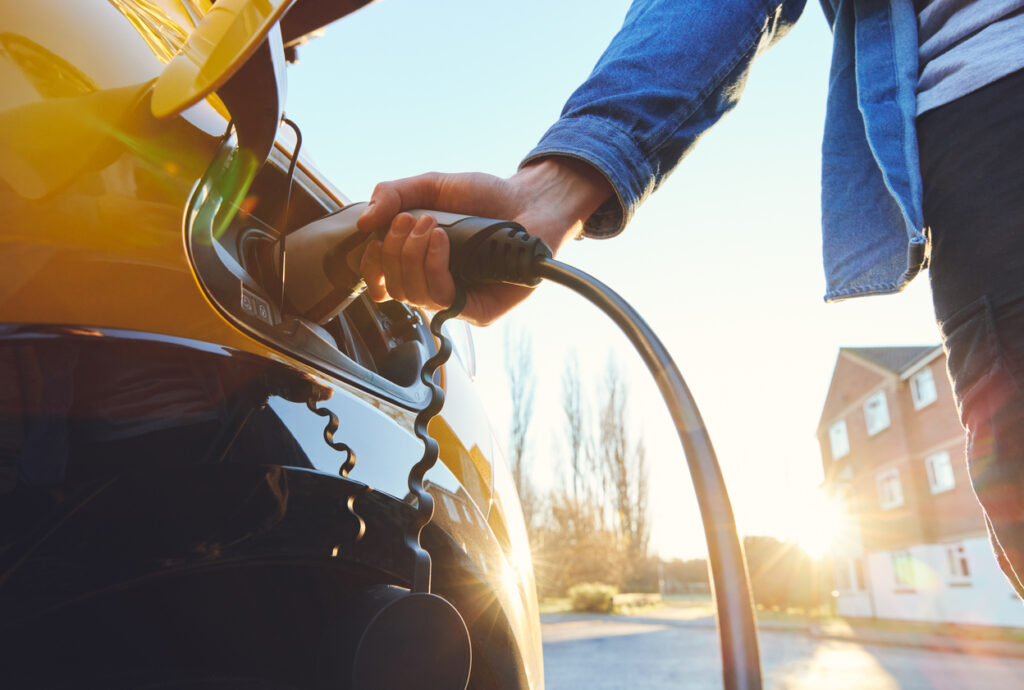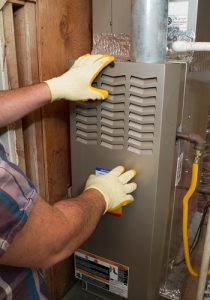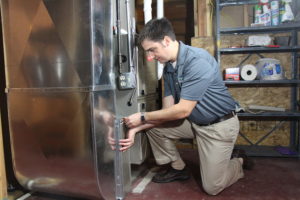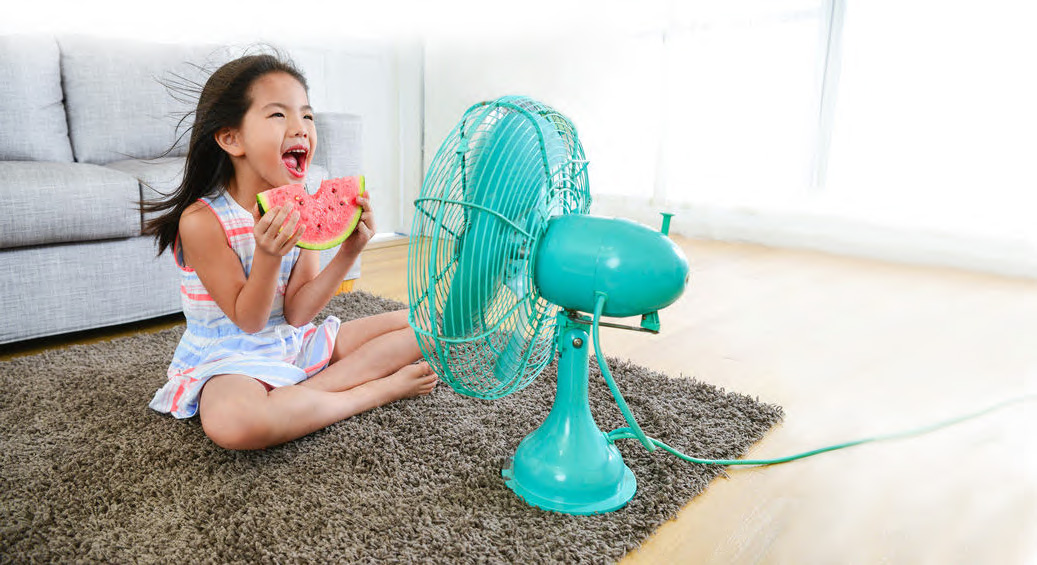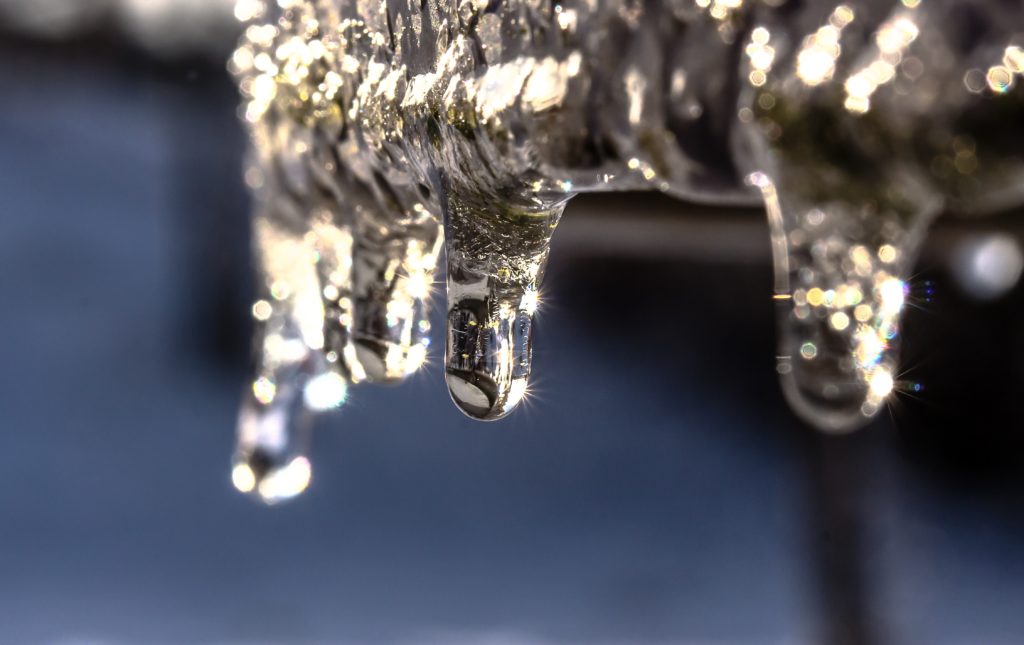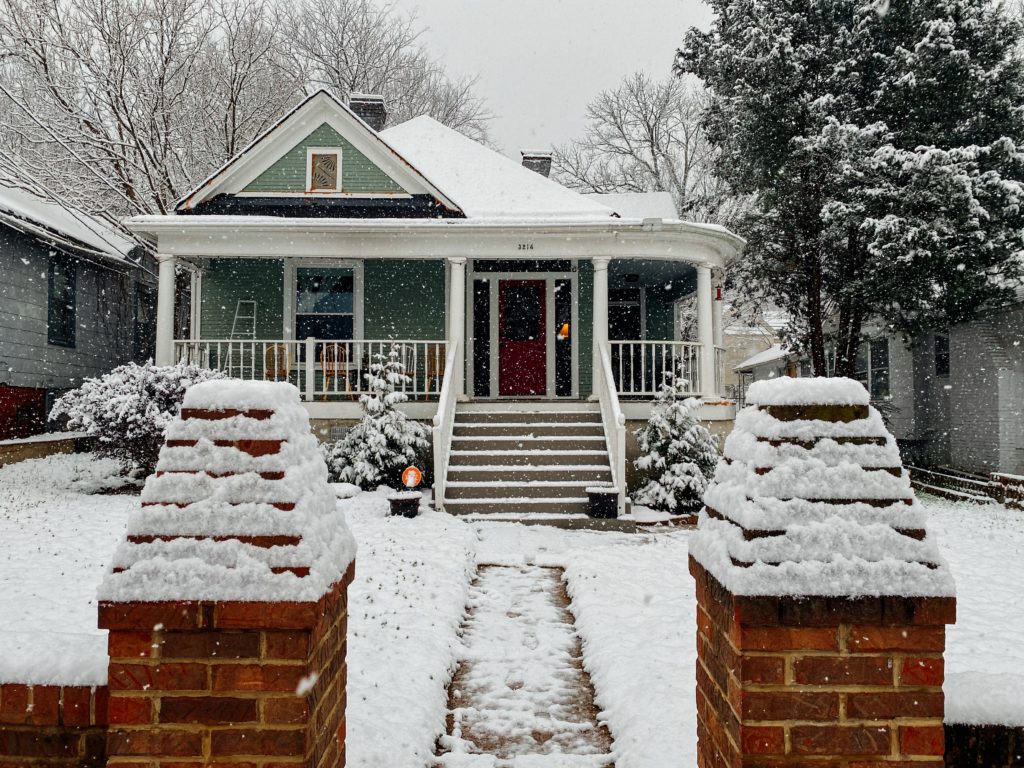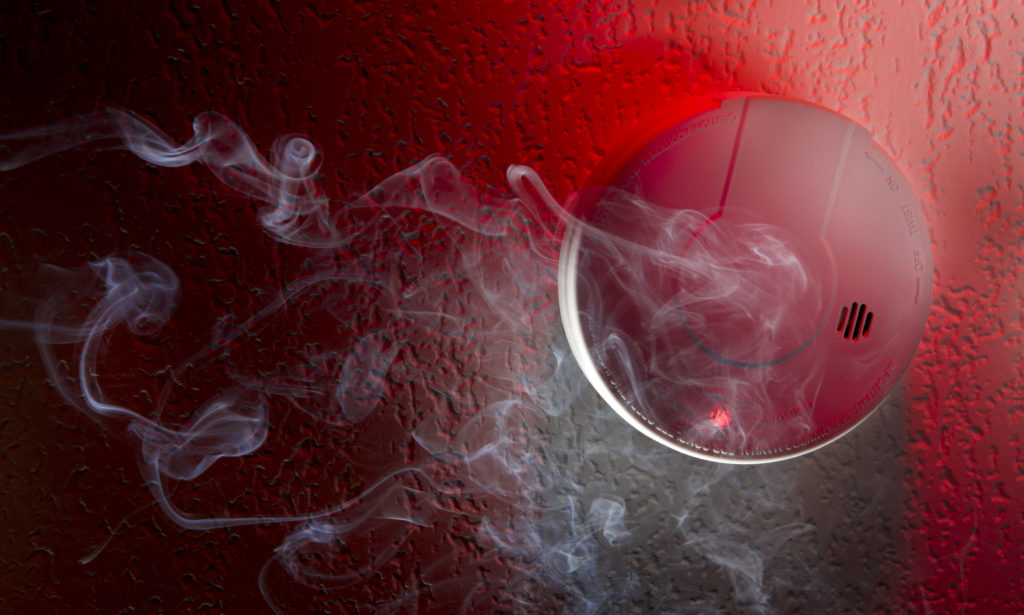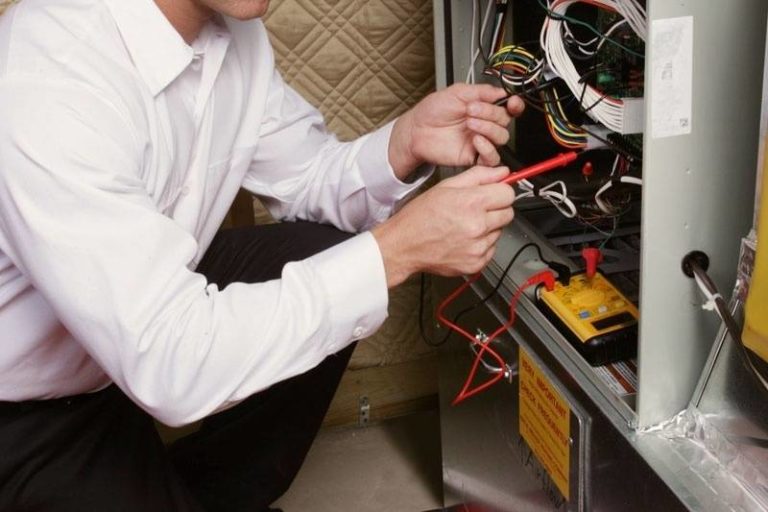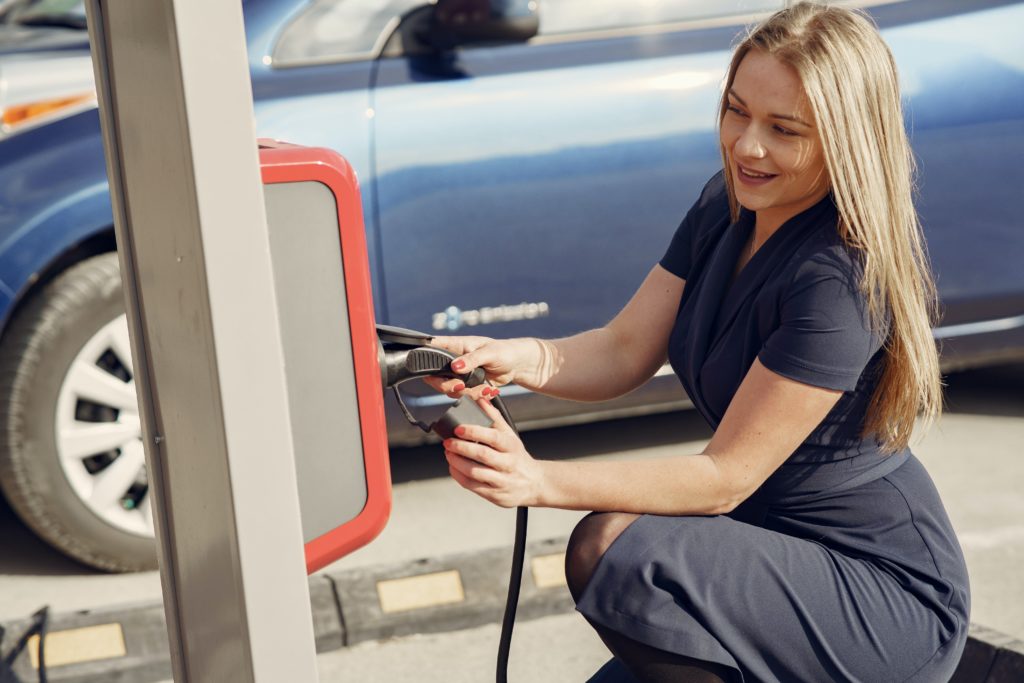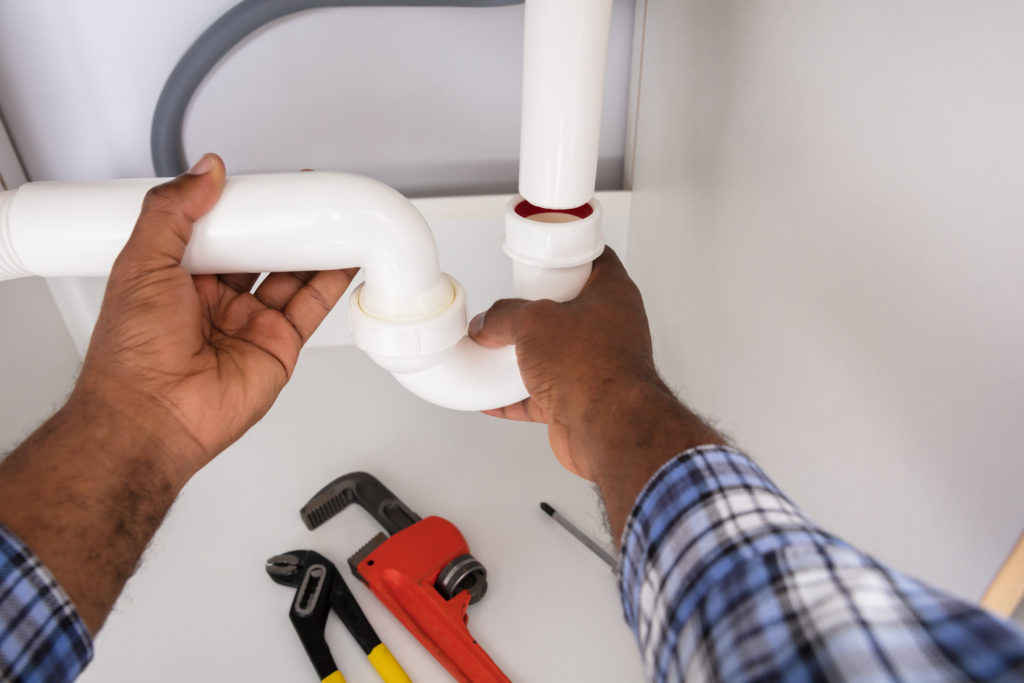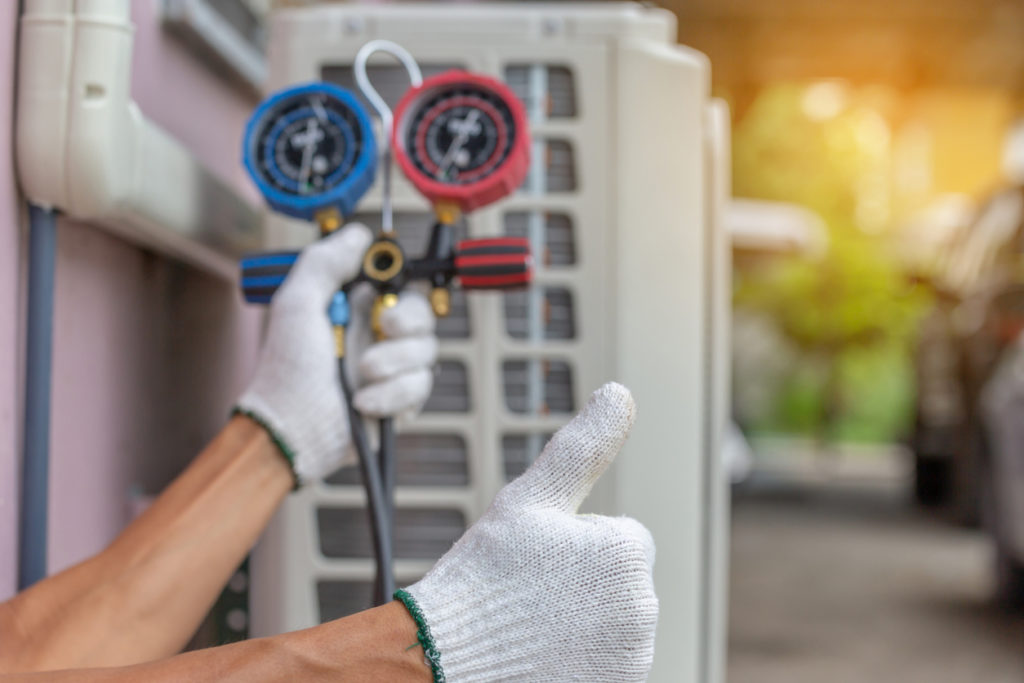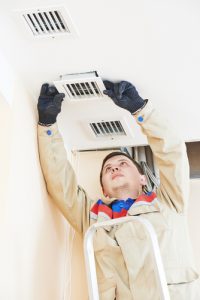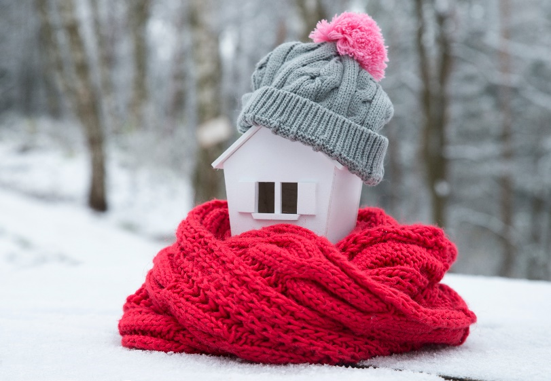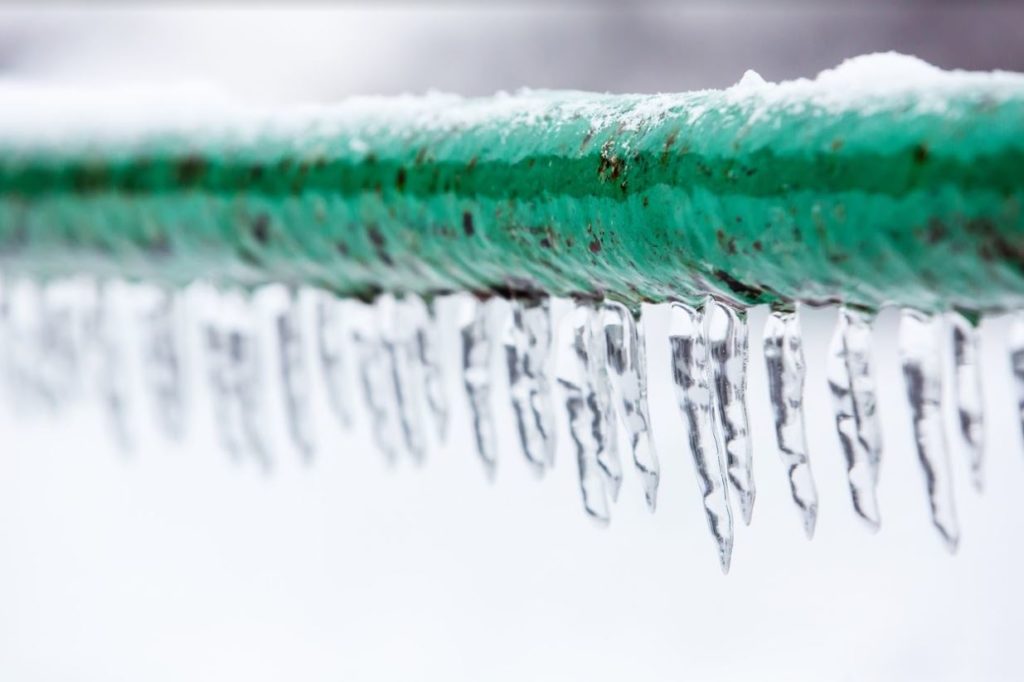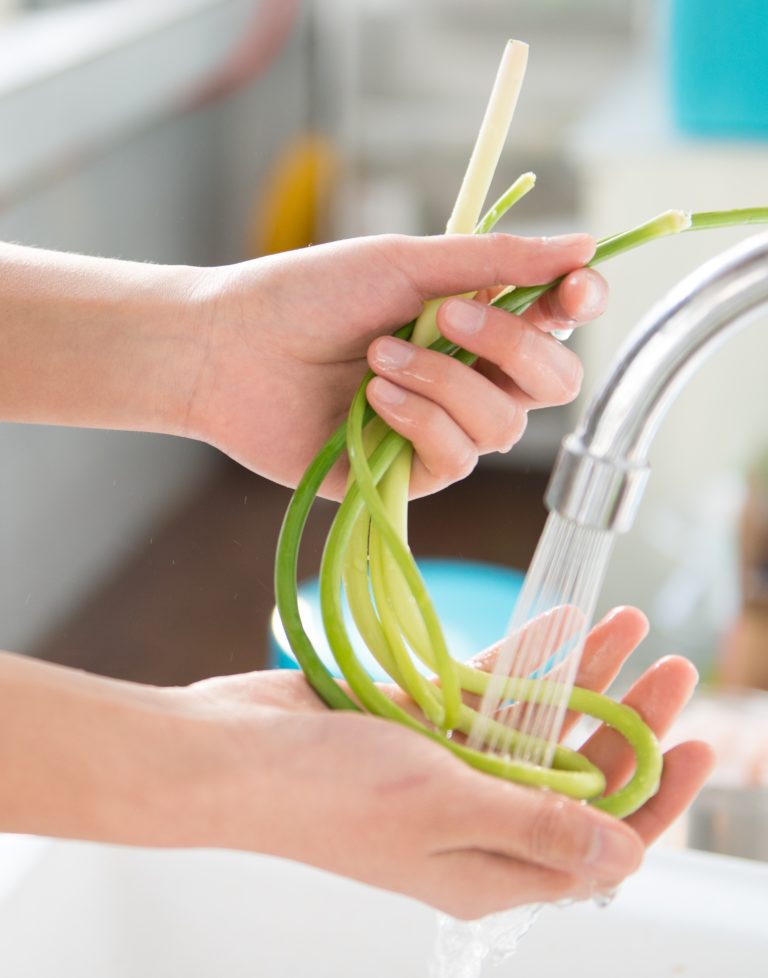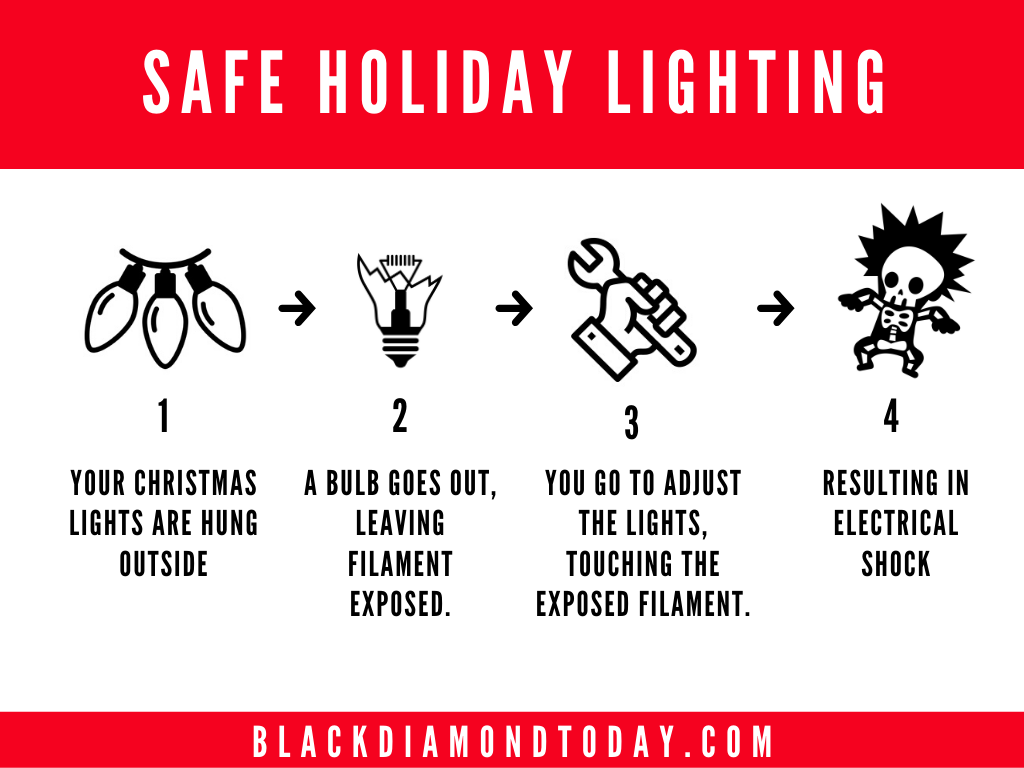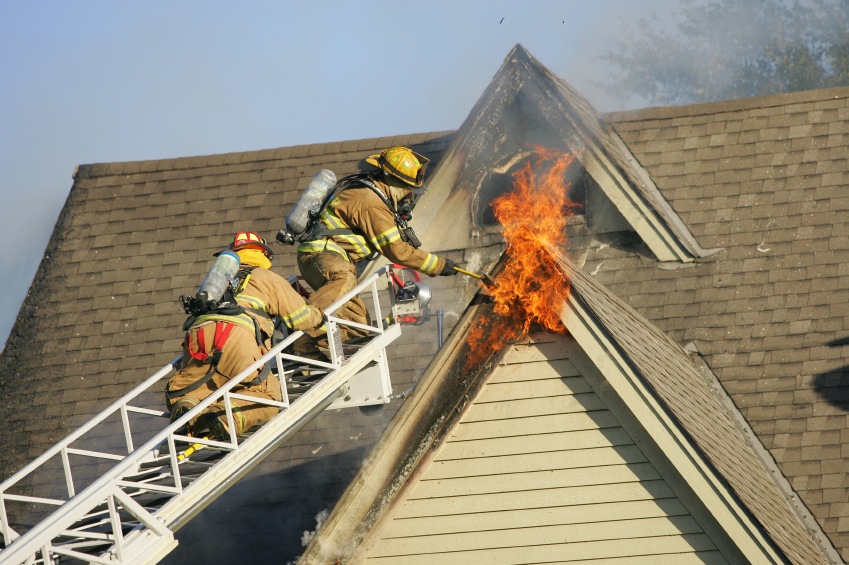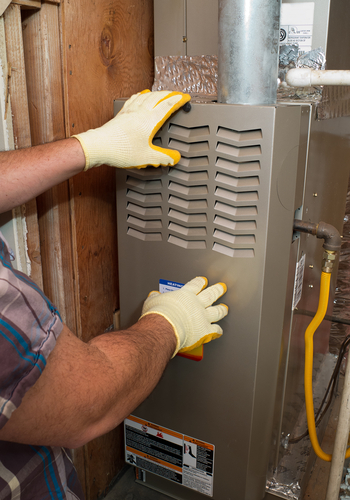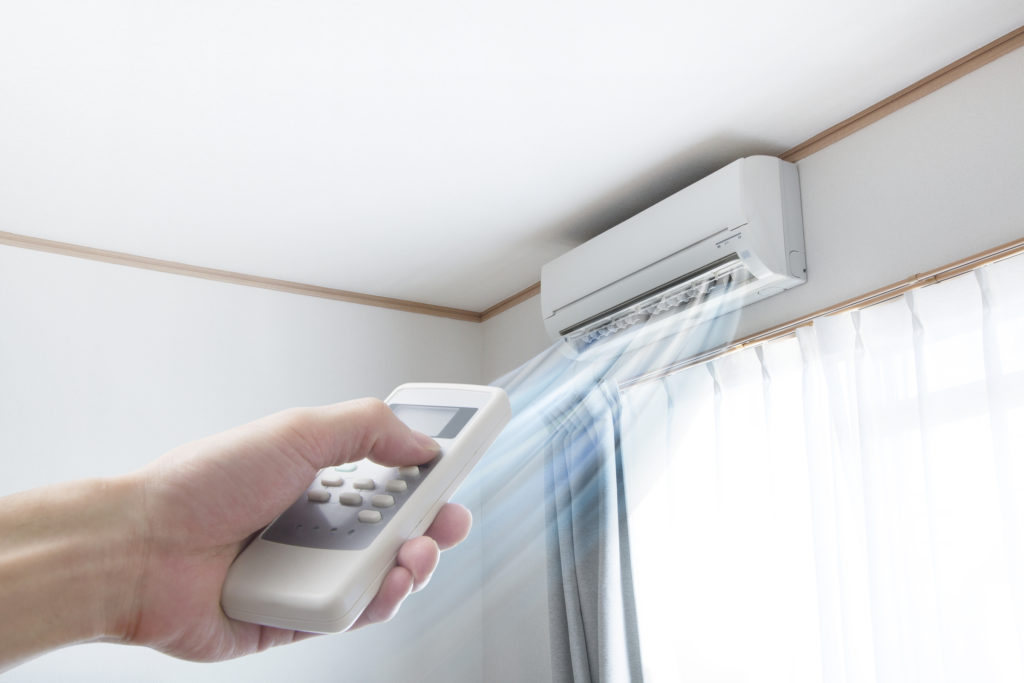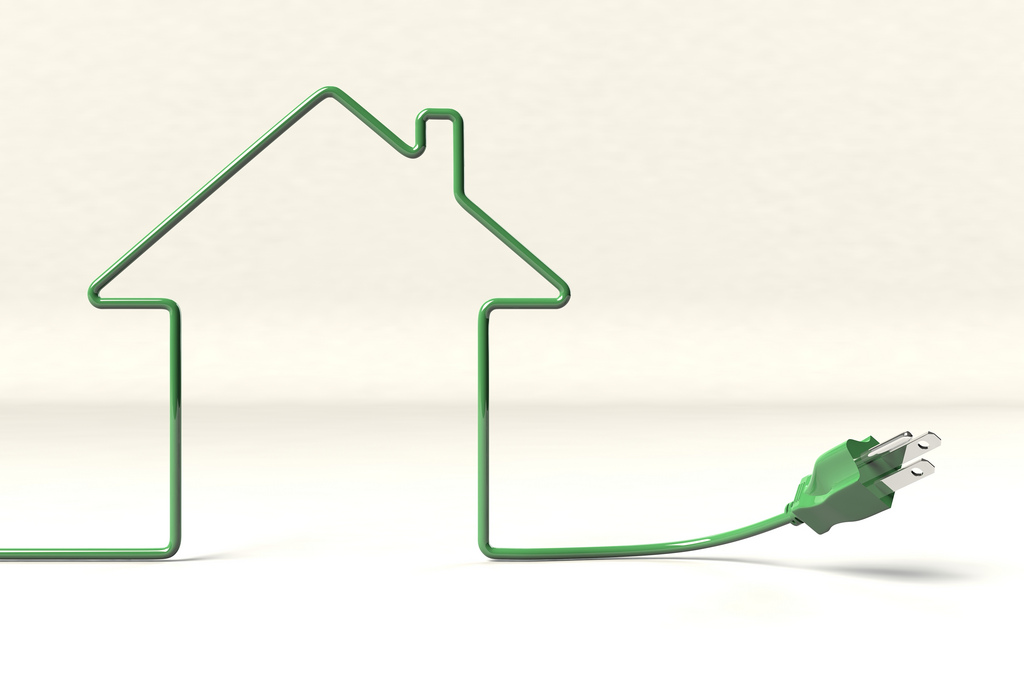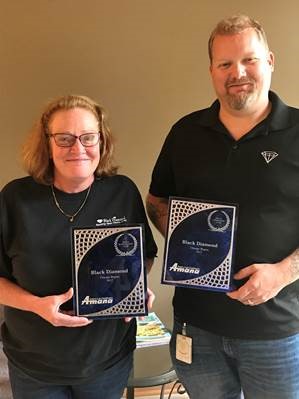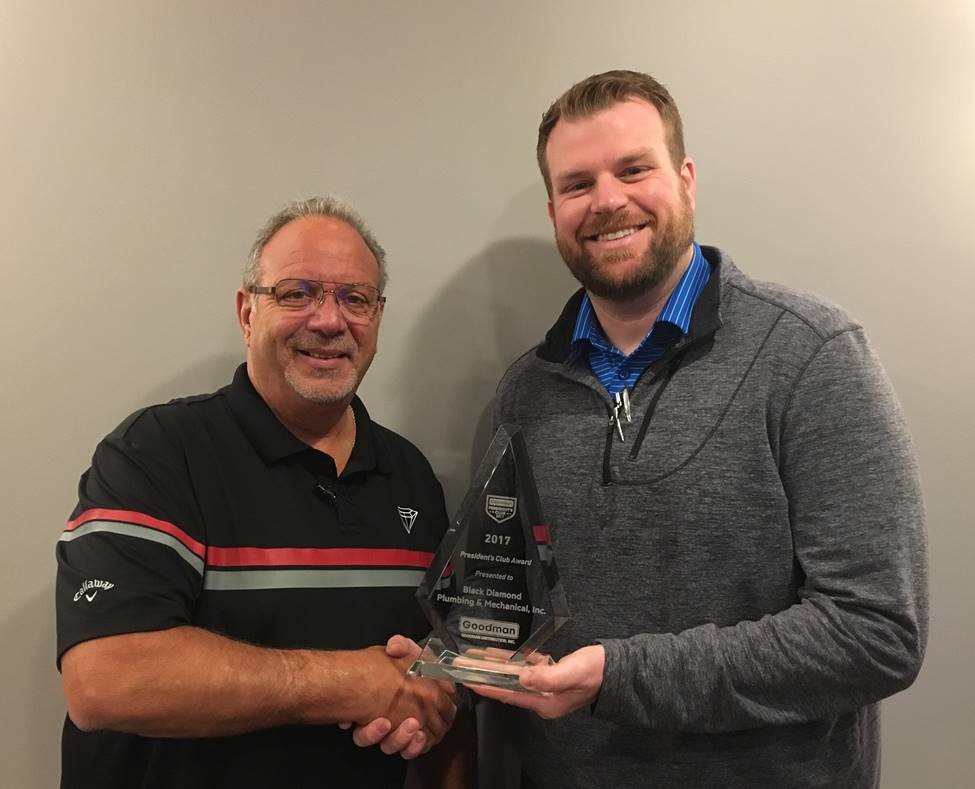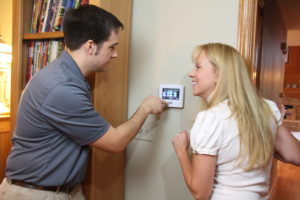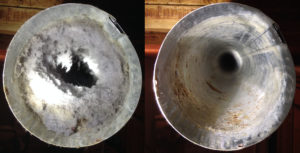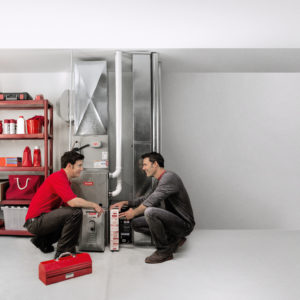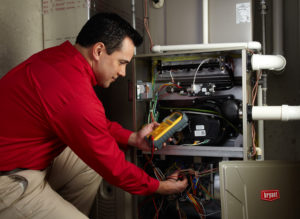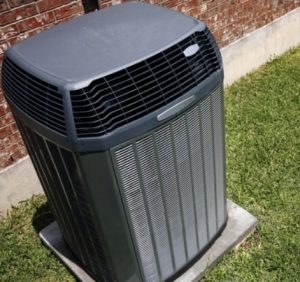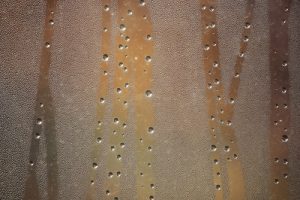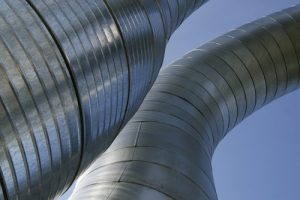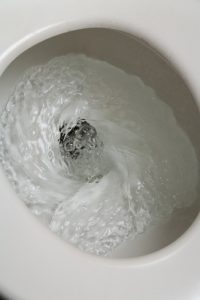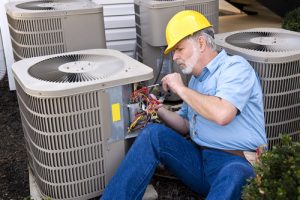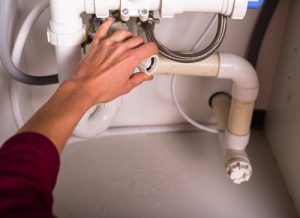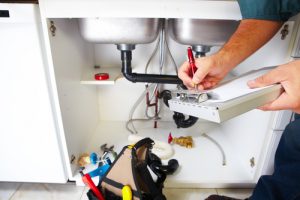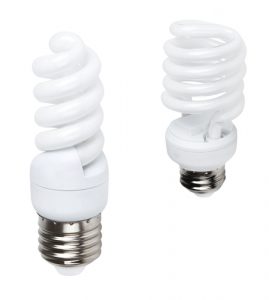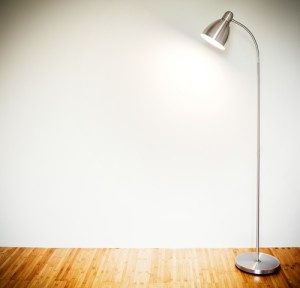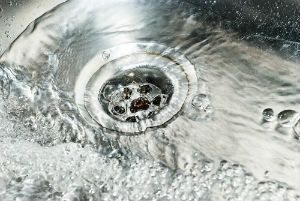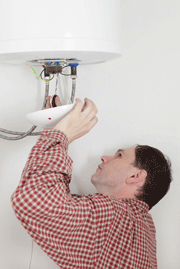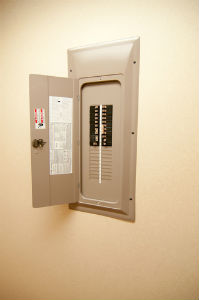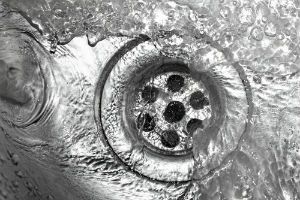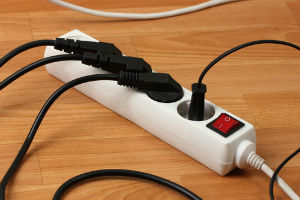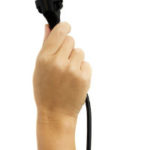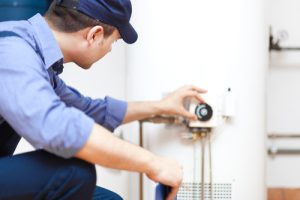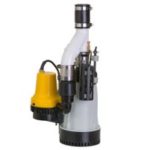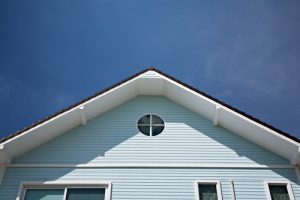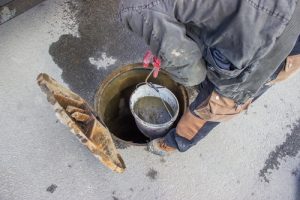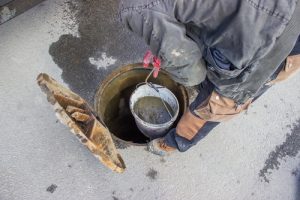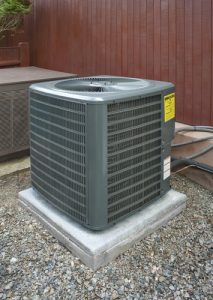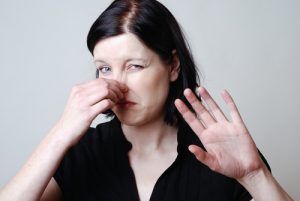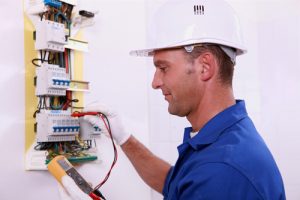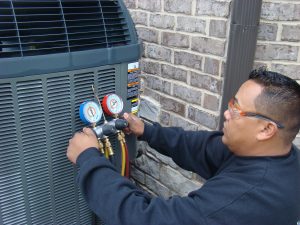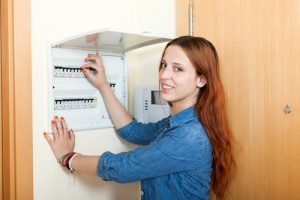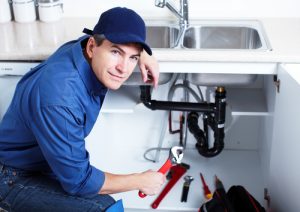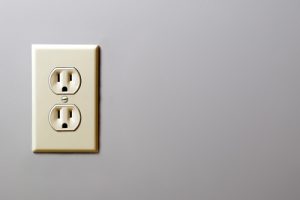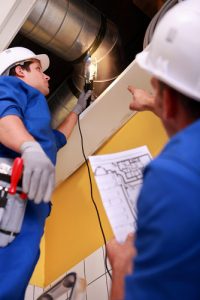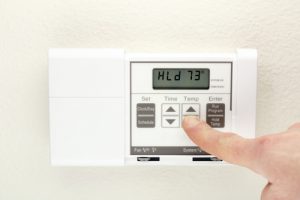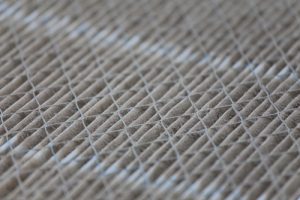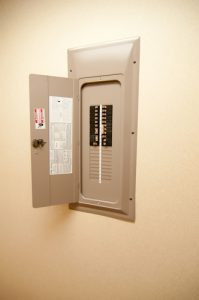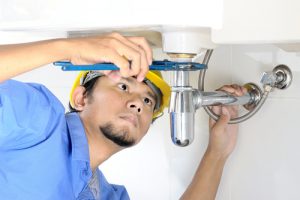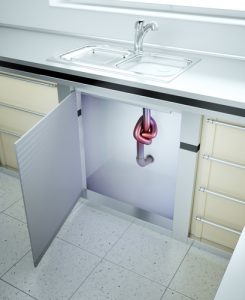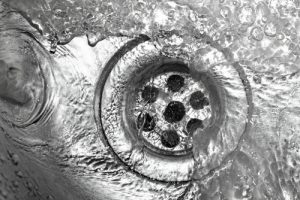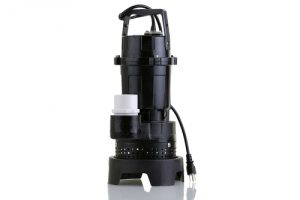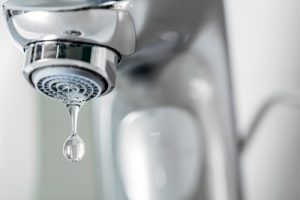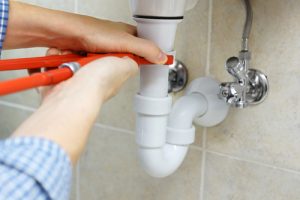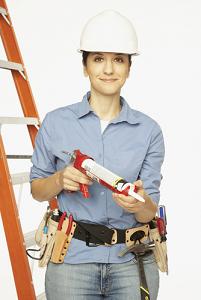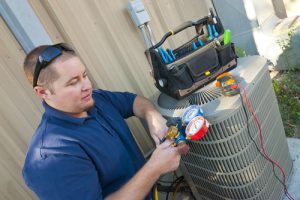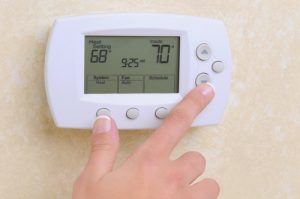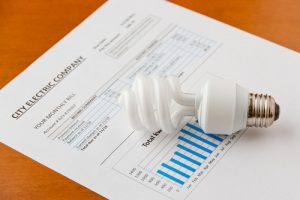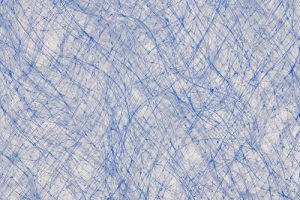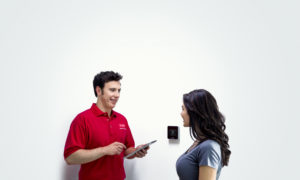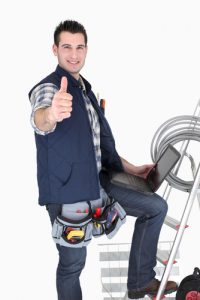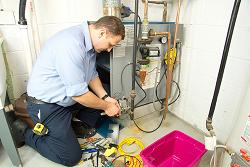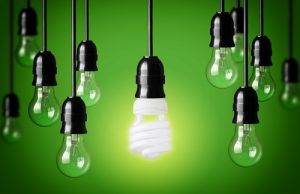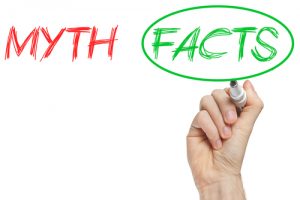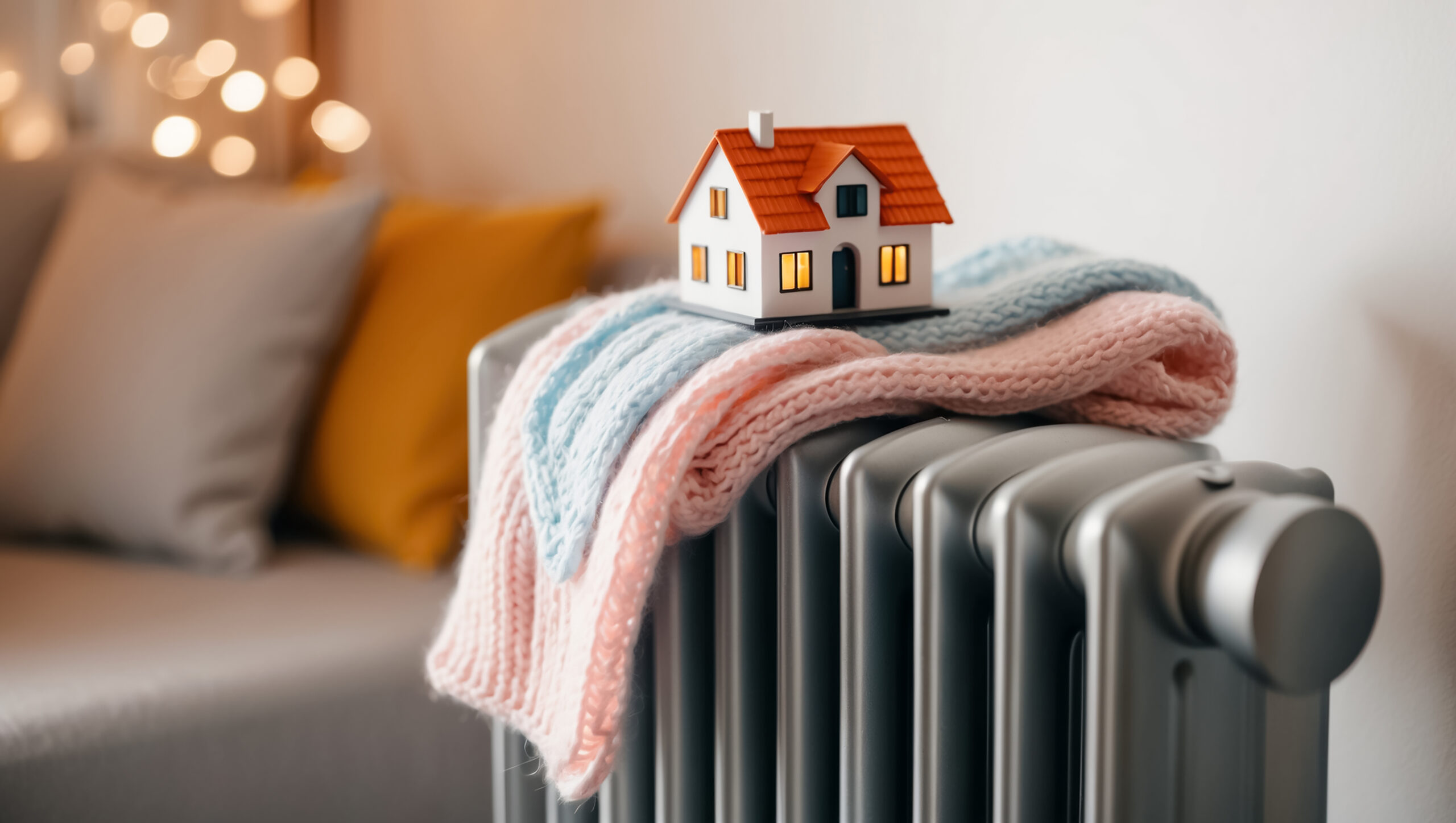Thinking of Upgrading Your HVAC System? Consider the Year-Round Benefits of a Heat Pump
Homeowners with an interest in upgrading their heating and cooling system will find that heat pumps are an excellent option. In many cases, a heat pump will be a better choice than a gas or electric furnace or a standard air conditioner.
Heat pumps provide exceptional efficiency, low-cost operation and ongoing reliability that other types of HVAC systems may not be able to match. If you’re evaluating the merits of upgrading your home heating and cooling system, the following guide to heat pumps can help you make an informed decision.
Types of Heat Pumps
- Air-source: Air-source heat pumps extract heat from the air around the unit’s coils using a liquid that circulates through a series of pipes, called coils. The refrigerant changes state from liquid to gas and back again, and as it does so, it absorbs and releases heat. During cooling functions, the unit pulls heat from around the indoor coils and releases it from the outdoor coils. When heating is required, the process reverses—heat is captured from the outdoor air and released indoors. Even cool air contains enough heat to make this process work.
- Ground-source: Ground-source heat pumps get their name from the fact that they use the ground outside your home as the medium for capturing and releasing heat. Heat exchange occurs in a series of pipes, called the ground loop, buried at a depth where the ground temperature stays about 50 degrees all year long. This provides a consistent source for both heat capture and release. They use water or an antifreeze solution as a source for absorbing and giving off heat.
- Water-source: Water-source heat pumps work very similarly to ground-source models, but instead of using the ground as a heat-exchange medium, they use water. The loop is submerged in a pond, lake, aquifer, well or other water source at a depth where the temperature stays consistent throughout the year. Even freezing surface temperatures won’t affect water temperatures at the proper depth. Like a ground-source model, a water-source heat pump moves heat using an antifreeze solution that does not change state.
Basic Function of a Heat Pump
Heat pumps are designed to provide both heating and cooling from a single unit. They work on the principle of moving heat from place to place, taking it away from where it’s not wanted and bringing it into your home when indoor heating is required. This heat transfer process is extremely efficient, which means that heat pumps provide high levels of energy efficiency and low-cost operation. This combination of benefits is the main reason heat pumps are so attractive as home comfort systems.
Heat pumps consist of two separate units. The inside unit contains temperature controls, air-distribution fans and a set of pipes, or coils, where heat is captured and released. The outdoor unit also contains a set of coils and usually contains other necessary components such as the compressor, condenser and evaporator.
Air-source heat pumps achieve heat transfer using a liquid refrigerant that circulates into and out of your home through a series of pipes. As the refrigerant moves through the system, it either evaporates into a gas or is condensed back into its liquid form. When the refrigerant becomes a gas, it also absorbs heat. When the refrigerant returns to its liquid state, it releases the heat it contains.
When producing heat for your home, the refrigerant in the outdoor coils evaporates into a gas. It absorbs heat during this process and is moved through the pipe system to the inside of your home. There, the gas is condensed back to liquid form. Heat is released and used to increase the temperature of the air that will warm your indoor spaces.
The air handling system blows air across a heat exchanger and directs the warmed air into the system’s ductwork. The powerful blower fans keep the warm air moving until it exits through vents at the far ends of the duct pipes, where it increases indoor temperatures to the level you prefer.
Cooling functions work almost the same way, except the flow of refrigerant is reversed and the unit captures heat indoors and moves it to the outdoor unit.
Choosing a Heat Pump
- Type – The type of heat pump you choose will depend on the type of cooling you want and the availability of ground or water space you have. Air-source heat pumps are the most common type. They require only enough outdoor space for installing the outside unit, which is usually about the same size as a central air conditioner. Ground-source systems will require a significant amount of open space outside for the digging and trenching needed to install the ground loop. Similarly, a water-based system will require ready access to a lake, pond or other water source that’s deep enough to submerge the loop at the correct depth.
- Size – A heat pump must be properly sized to ensure it will be able to provide the levels of heating and cooling you prefer. Sizing is the process of determining how much heating and cooling your home needs, then selecting and installing a heat pump that will generate it. Relying on “rules of thumb” or other imprecise estimates isn’t recommended. Heat pumps are designed to produce heating and cooling very efficiently. Guessing at the amount of heating and cooling needed will impair efficiency and reduce the effectiveness of the heat pump.
Heat pump sizing should begin with a heating and cooling load calculation performed by your local trusted HVAC contractor. These calculations are intended to determine precisely how much heating and cooling is needed to maintain your indoor living environment at the temperature you prefer. The calculation takes into account many of the structural and thermal characteristics of your home, such as size and shape, number of windows, and insulation and sealing. Once the calculation is performed, your HVAC pro will be able to use the result to select a heat pump that provides exactly the amount of indoor comfort necessary.
Remember that heating load calculations should be performed by trained and qualified HVAC professionals using industry-accepted standards. The most common reference work for load calculations is Manual J: “Residential Load Calculation,” published by the Air Conditioning Contractors of America (ACCA).
Year-Round Benefits of a Heat Pump
- High efficiency – Heat pumps are extremely efficient sources of heating and cooling. They use less energy than other HVAC systems and make better use of the energy they require. The system’s heating efficiency is indicated by its heating seasonal performance factor (HSPF) rating and its cooling by its seasonal energy efficiency ratio (SEER). These numbers can be found on the unit’s EnergyGuide label. The most efficient models may also carry an Energy Star label indicating government certification of the unit’s efficiency. In general, an effective heat pump should have an HSPF of 7.7 or higher and a SEER between 14 and 18. Units with higher HSPF and SEER numbers will be even more efficient.
- Lowered operating costs – Because of their high efficiency, heat pumps can reduce heating costs by 30 percent or more. Heat pumps are commonly more expensive to buy than other HVAC systems. However, the ongoing monthly savings produced by these systems often means that the system can pay for itself in a relatively short period of time through these savings alone. It’s common for homeowners to recover their initial investment in a heat pump by about the halfway point of the system’s expected lifespan.
Efficiency-Boosting Features
Several types of efficiency-boosting features are available for heat pumps, including:
- Variable-speed blower motors – These motors work at two different levels. The lower level, which is used most often, consumes less energy and reduces operating costs.
- Dual-speed compressors – These compressors also have a lower operating level that reduces operating costs.
- Back-up burners – Fuel-based burners boost the heating provided by electrical resistant coils that kick in when outdoor temperatures drop to about 32 degrees or below. This helps the heat pump maintain efficiency and lowered operating costs.
- Scroll compressors – These components improve the unit’s function by improving the compression of the refrigerant.
Disadvantages of Heat Pumps
Heat pumps maintain excellent efficiency while outdoor temperatures are above freezing. When it gets colder than that, heat pump performance and efficiency are reduced significantly. Most heat pumps contain a series of backup electrical heating coils that produce heating when outdoor temperatures fall below about 32 degrees. These coils use considerably more energy than normal operations, however, and can offset the usual savings provided by a heat pump. Consult with your HVAC professional for expert help with deciding on the type of heat pump that will work best for your specific needs.
Customers can rely on Black Diamond Plumbing & Mechanical for top-quality HVAC services, including heating, cooling, plumbing, and electrical work. Contact us today for more information on heat pumps and for expert help deciding if a heat pump is the best choice when upgrading your heating and cooling system.
Recent Posts
Request Service
Please fill out the form and we will get in touch with you shortly. We look forward to serving you!
Request Service
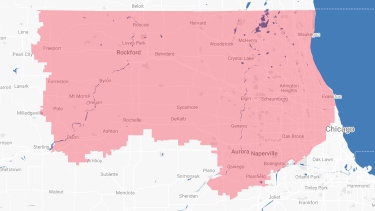
Proudly Serving
The Chicagoland AreaAddison | Algonquin | Antioch | Arlington Heights | Aurora | Barrington | Bartlett | Batavia | Beloit | Belvidere | Bensenville | Bloomingdale | Bolingbrook | Buffalo Grove | Byron | Caledonia | Capron | Carol Stream | And Much More!
VIew ALL

